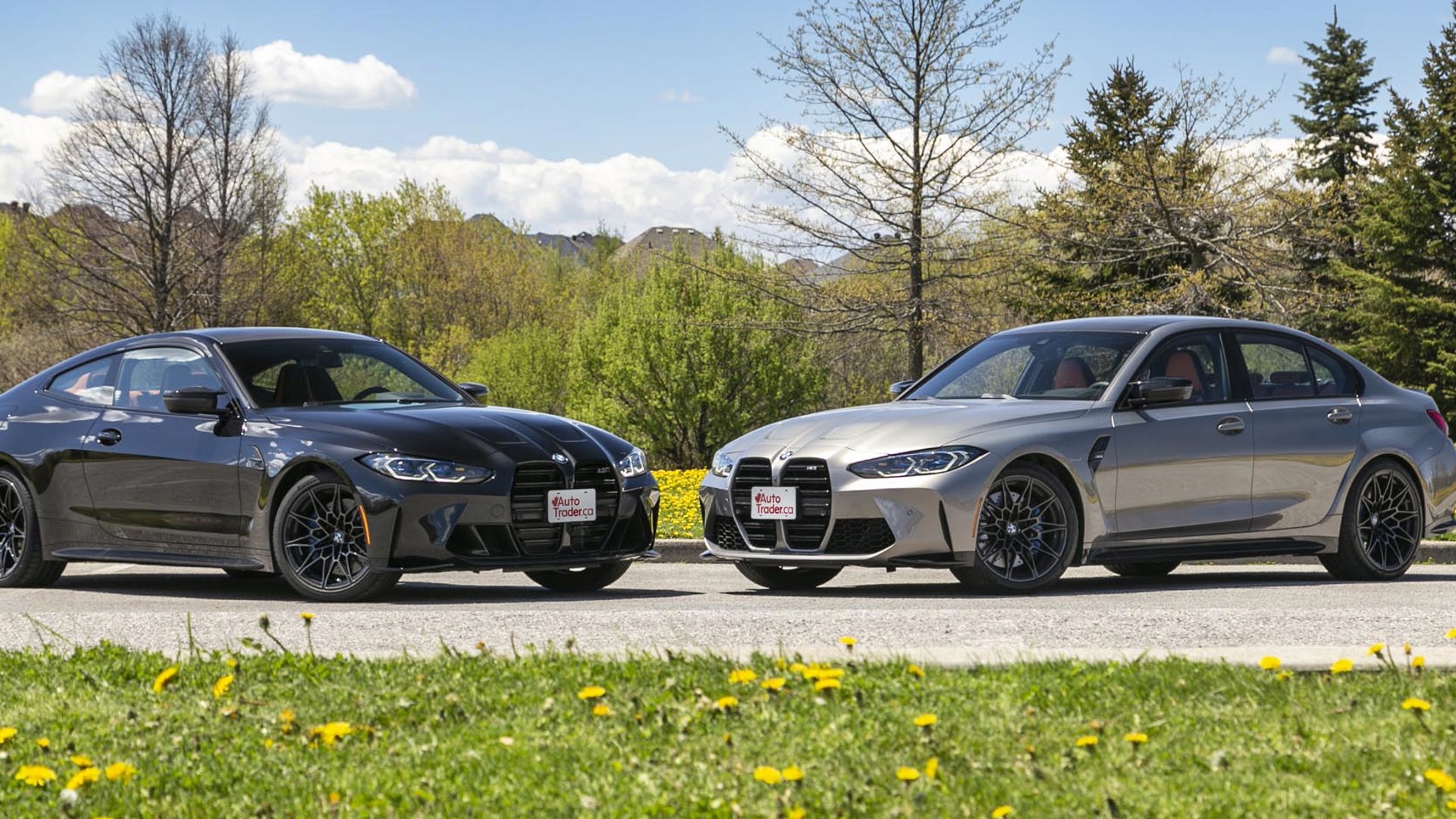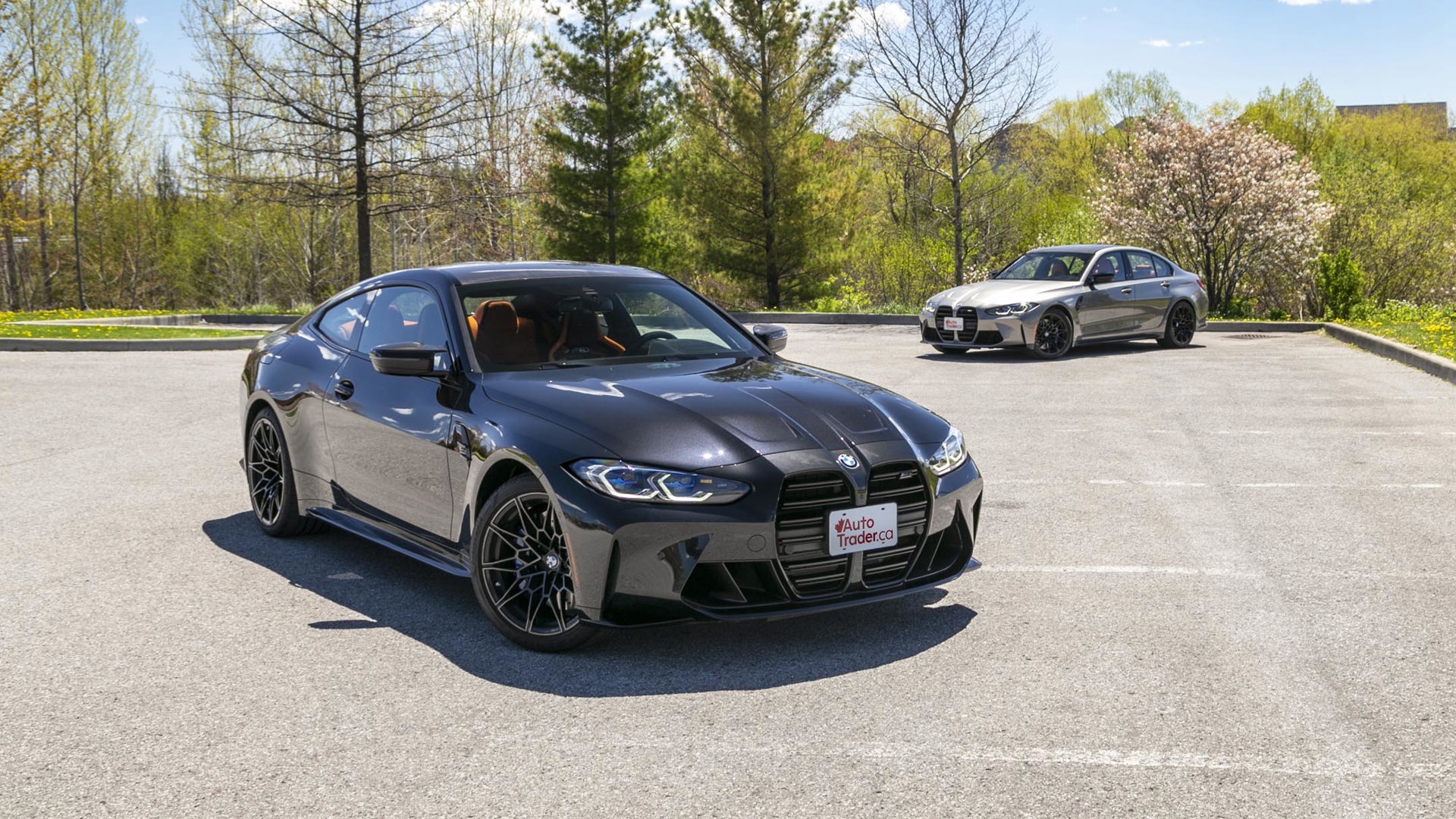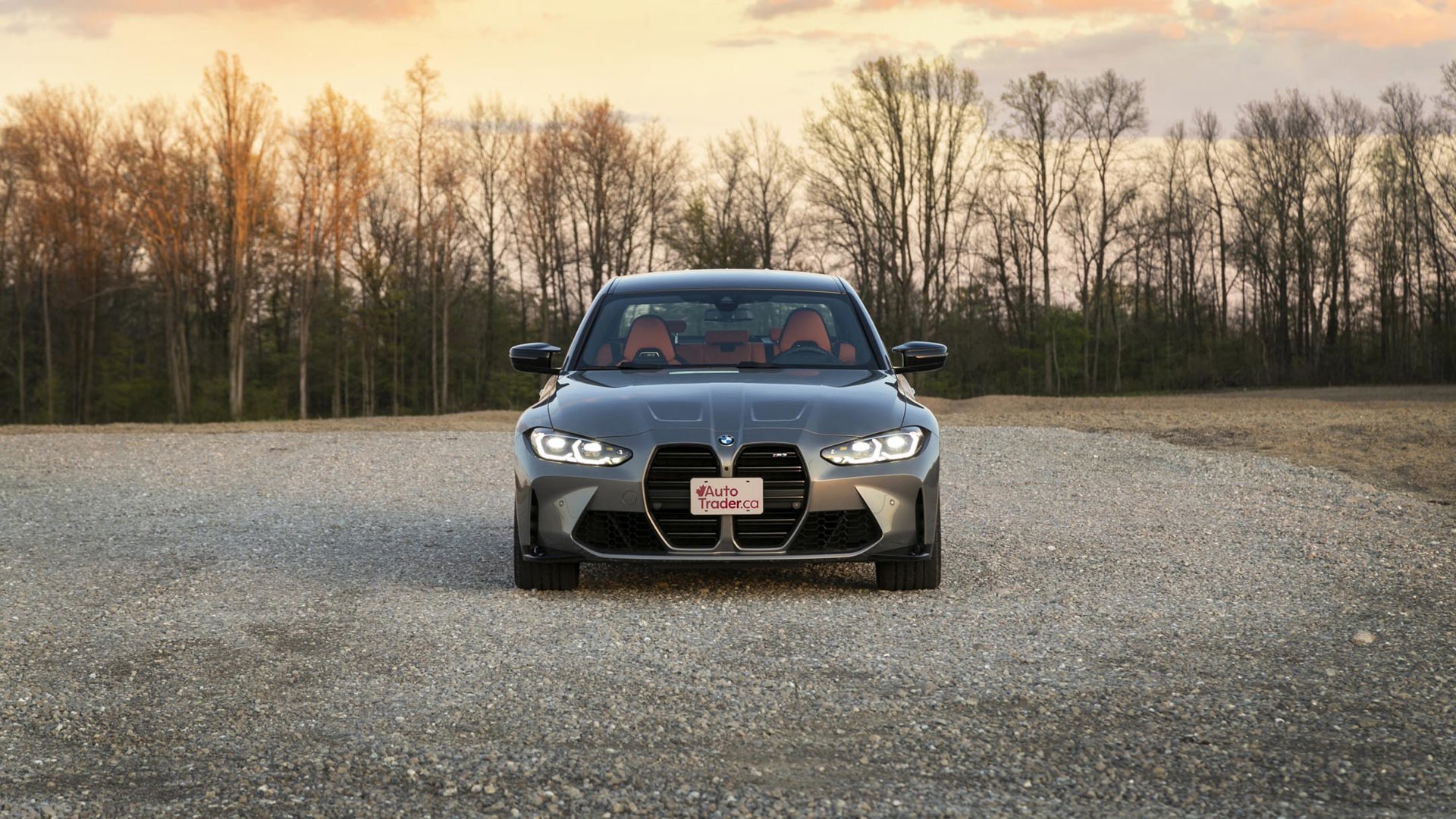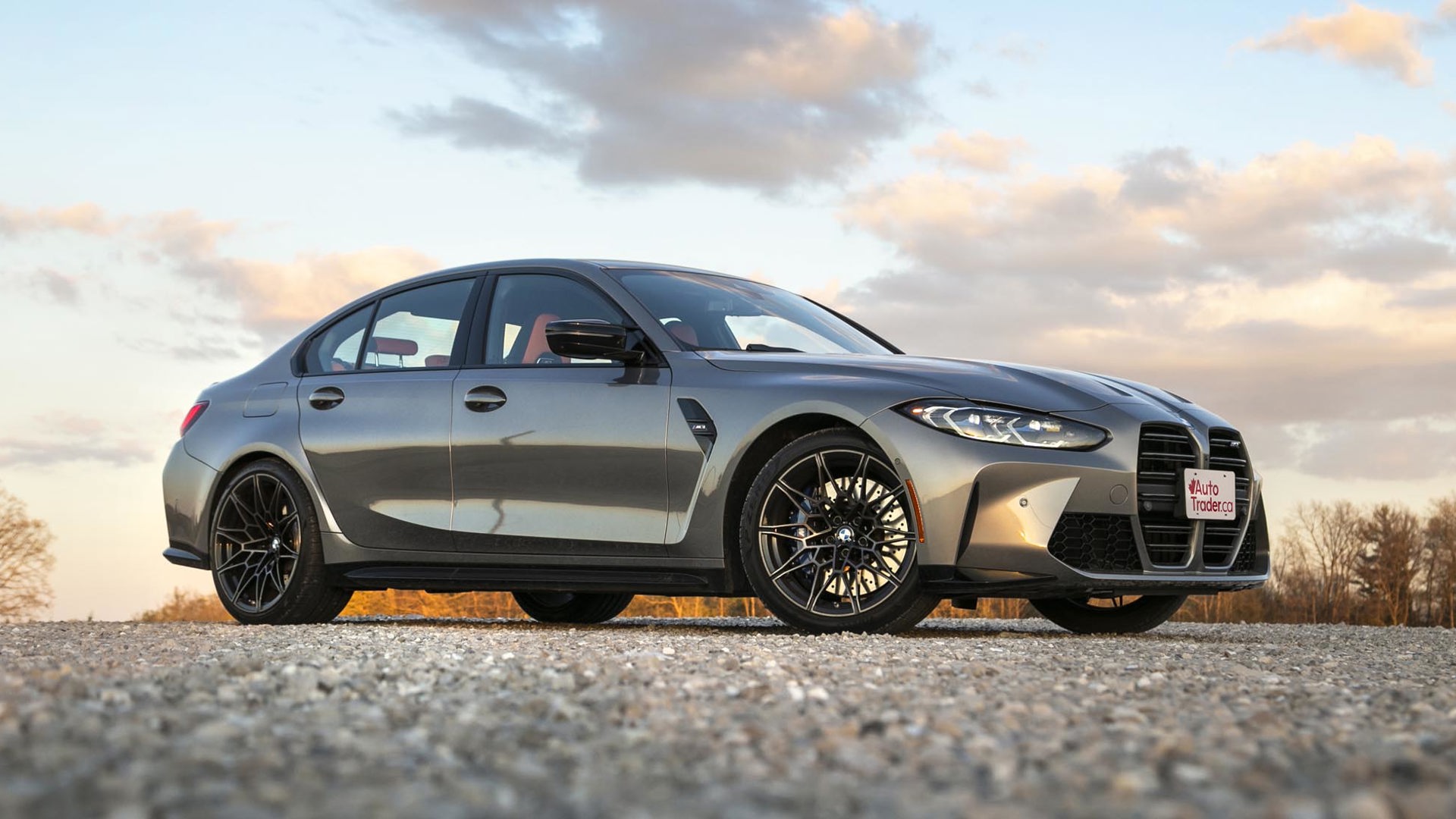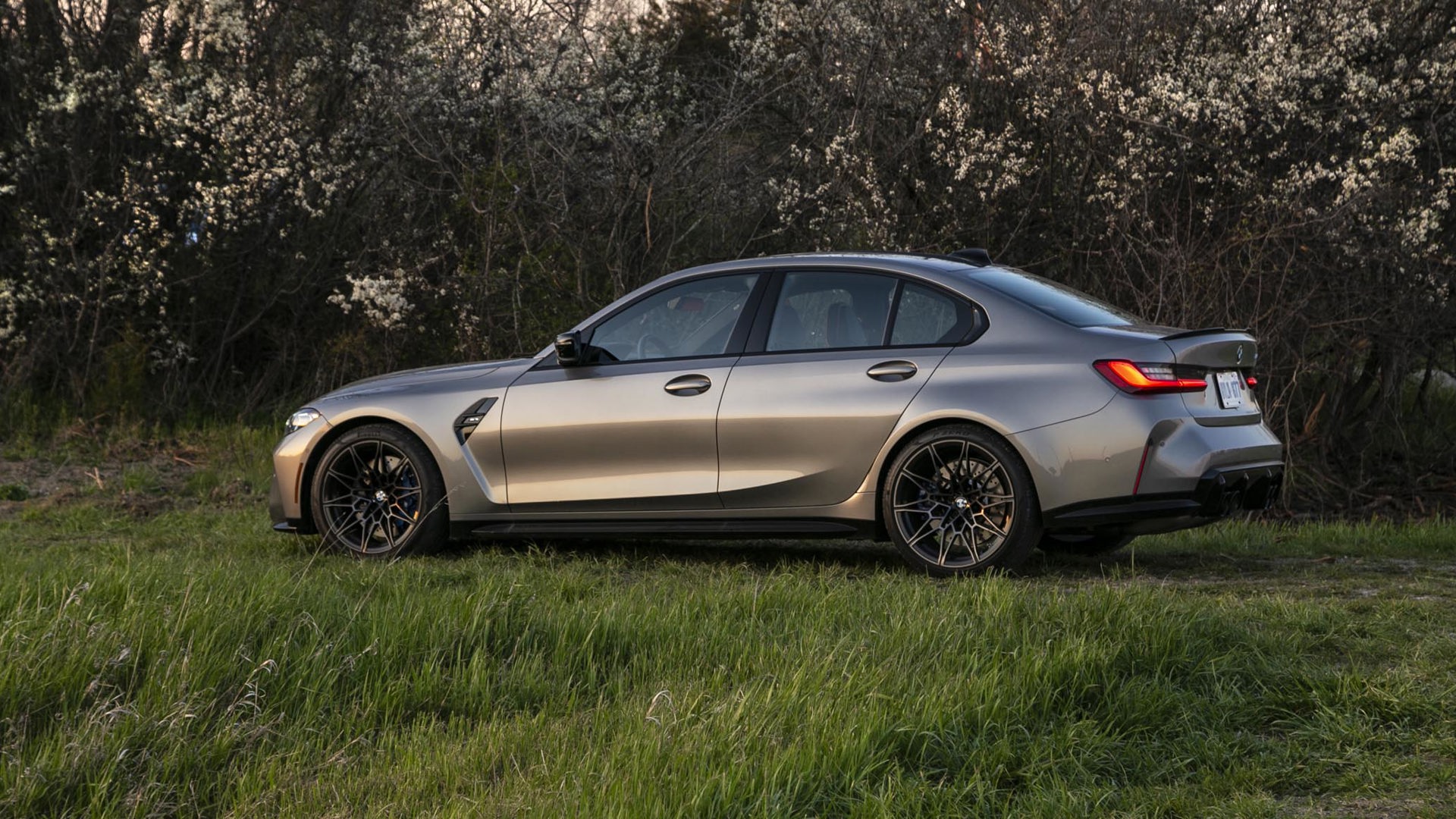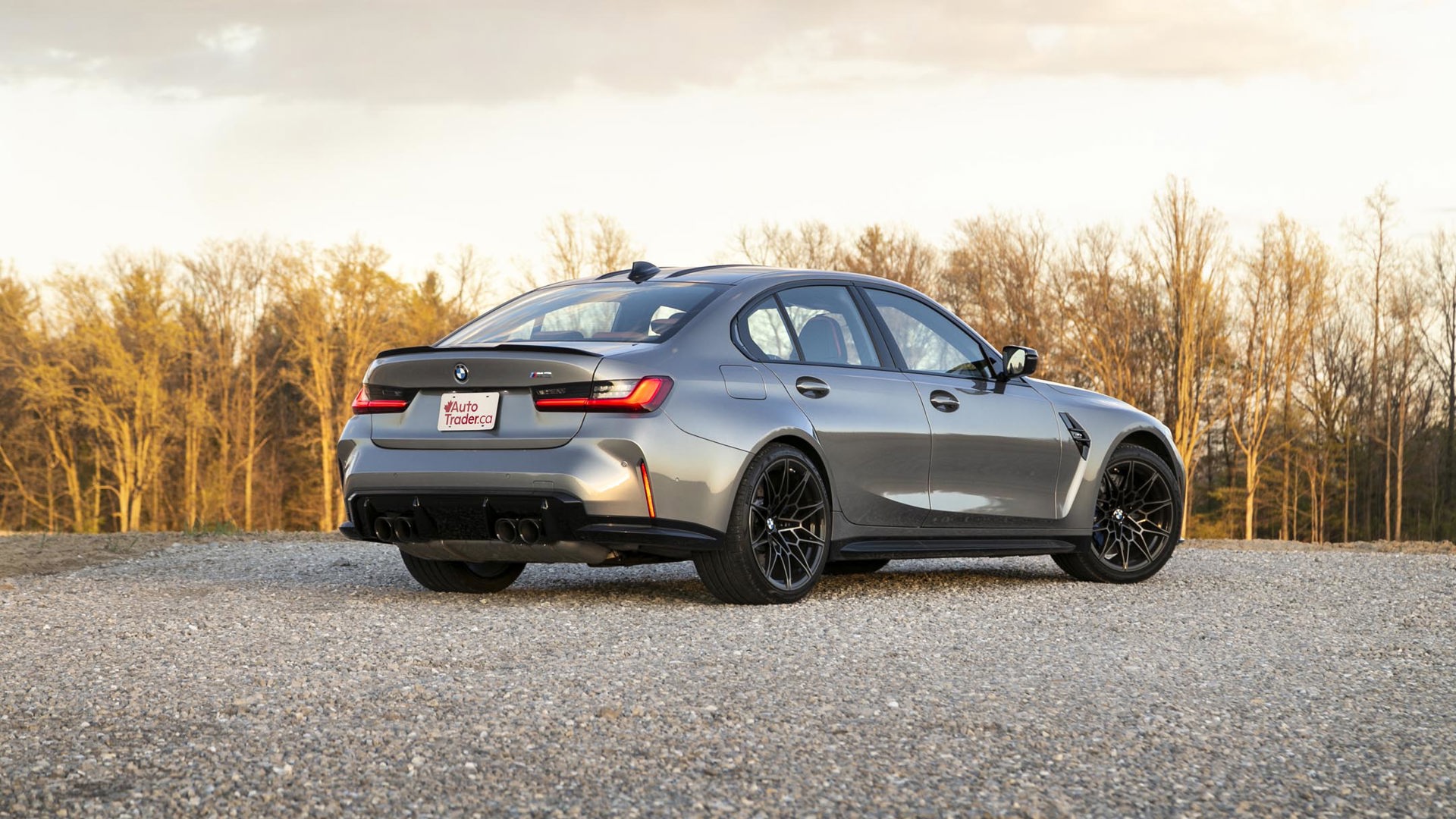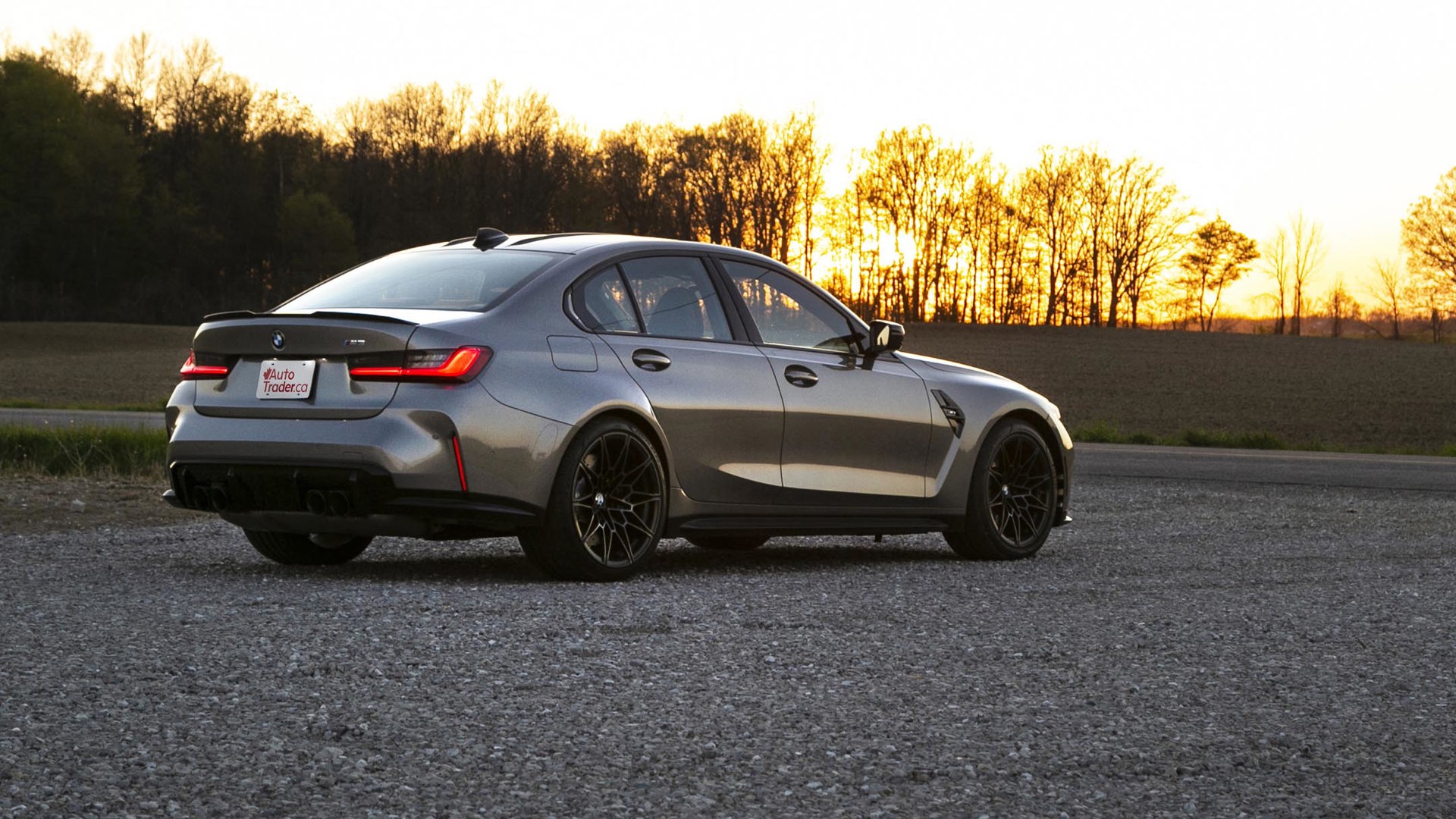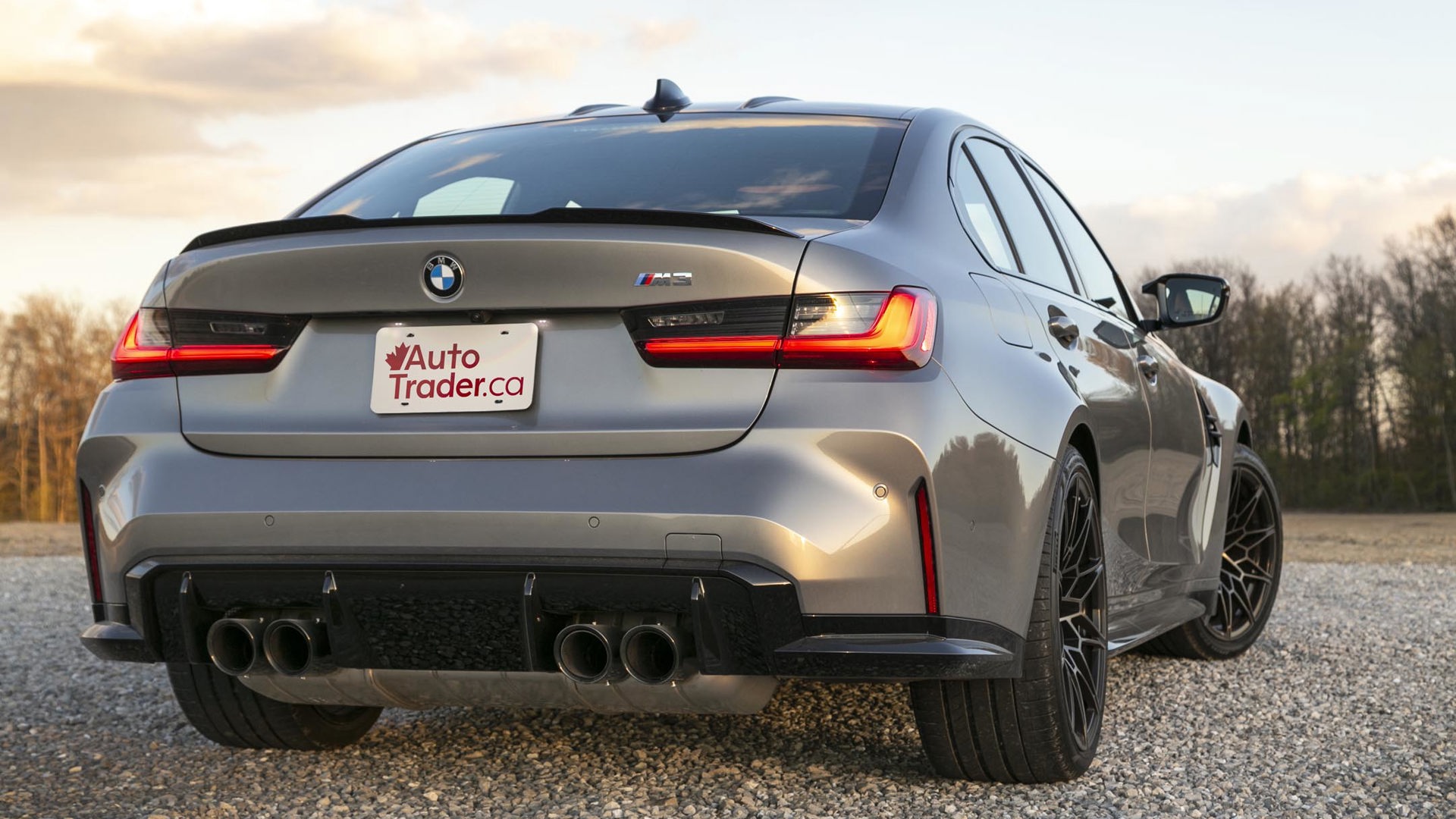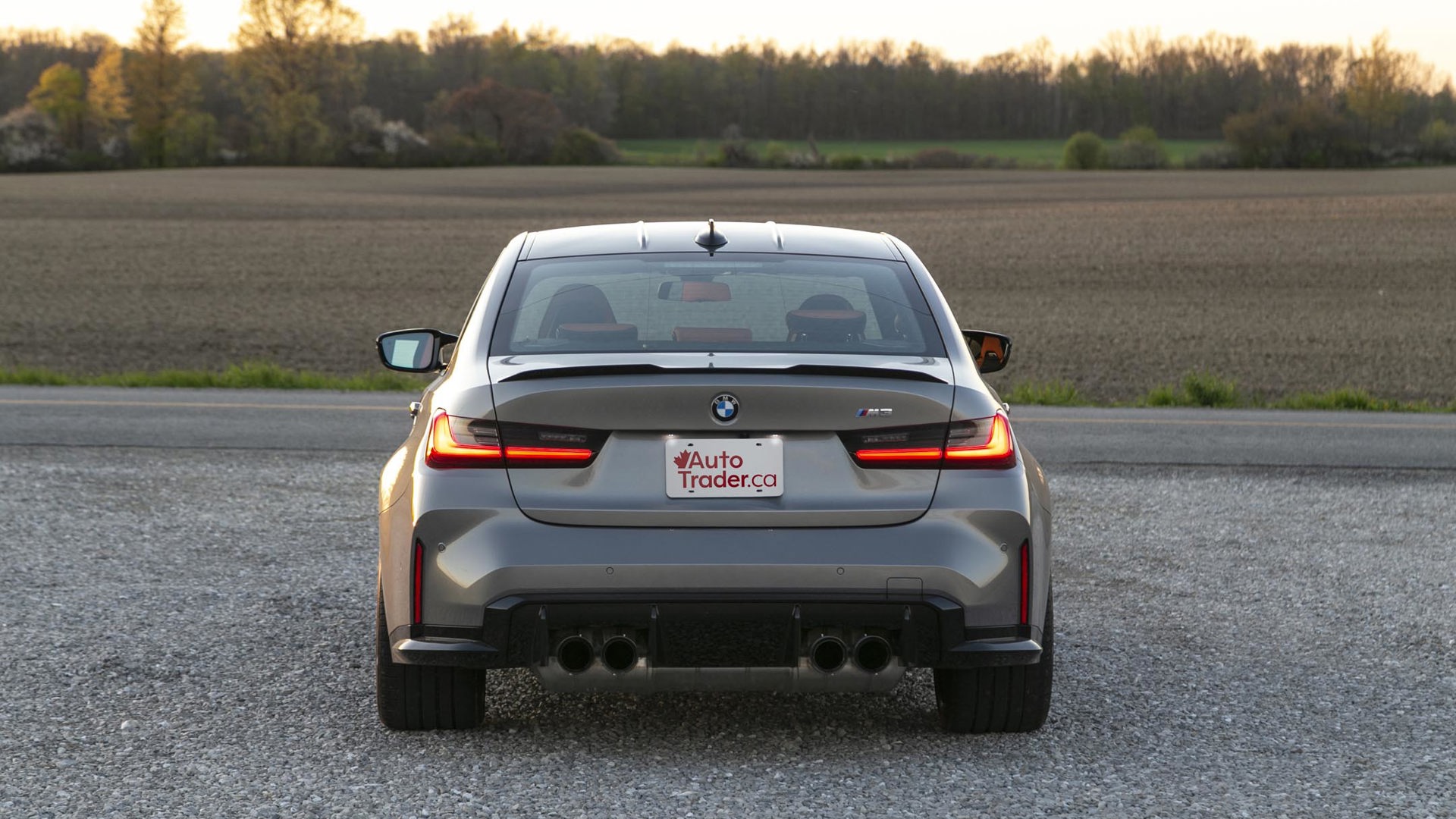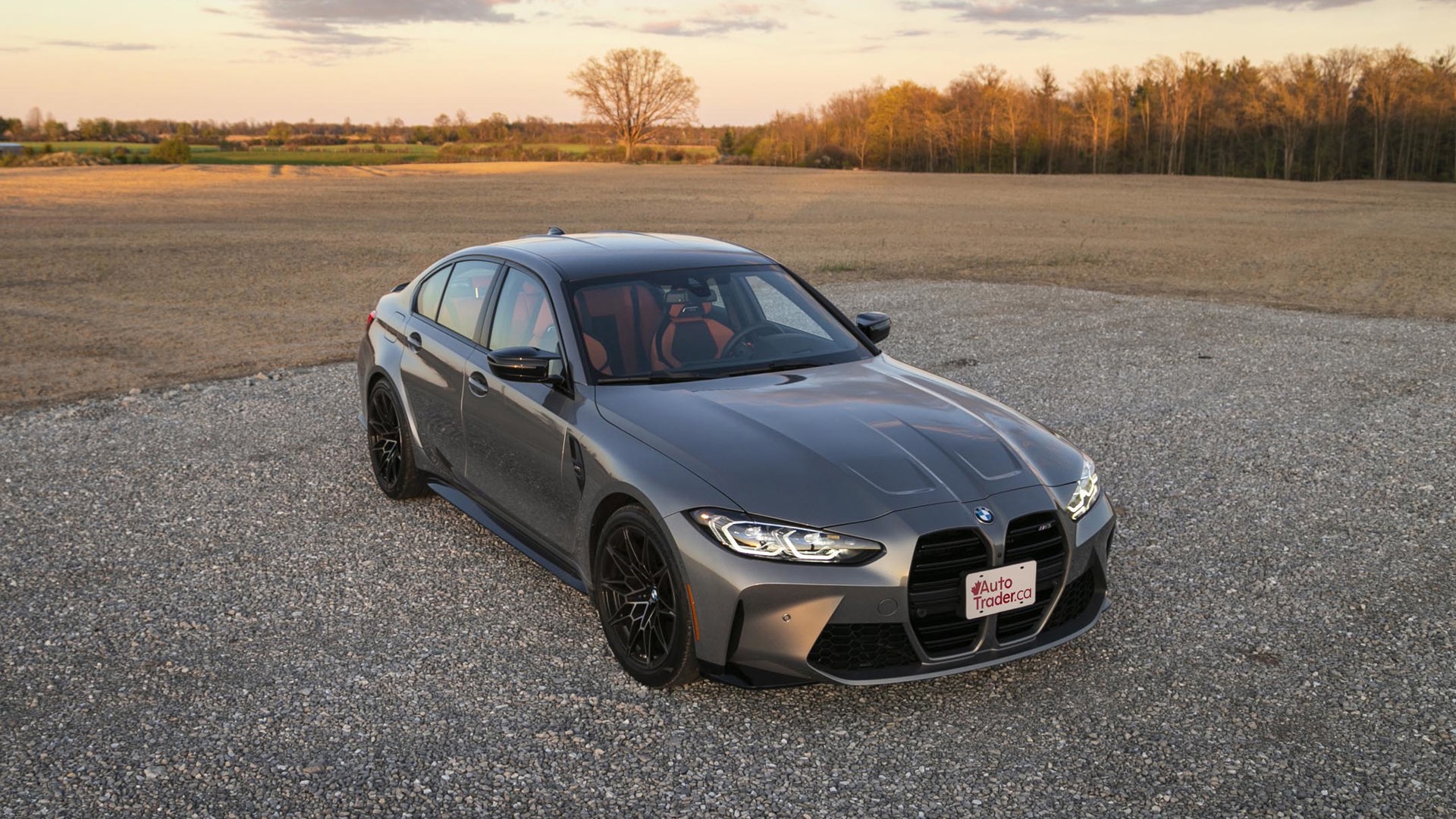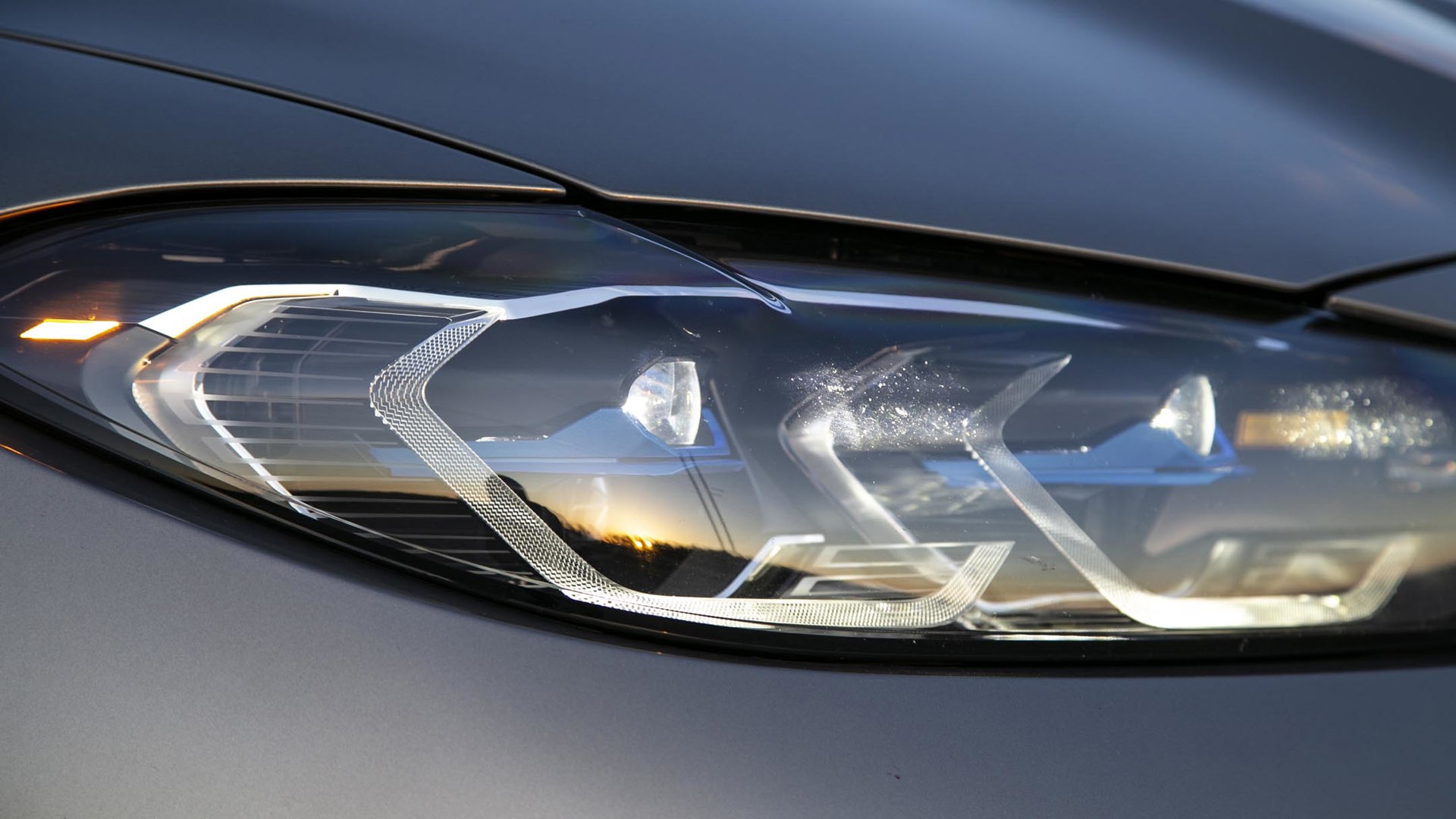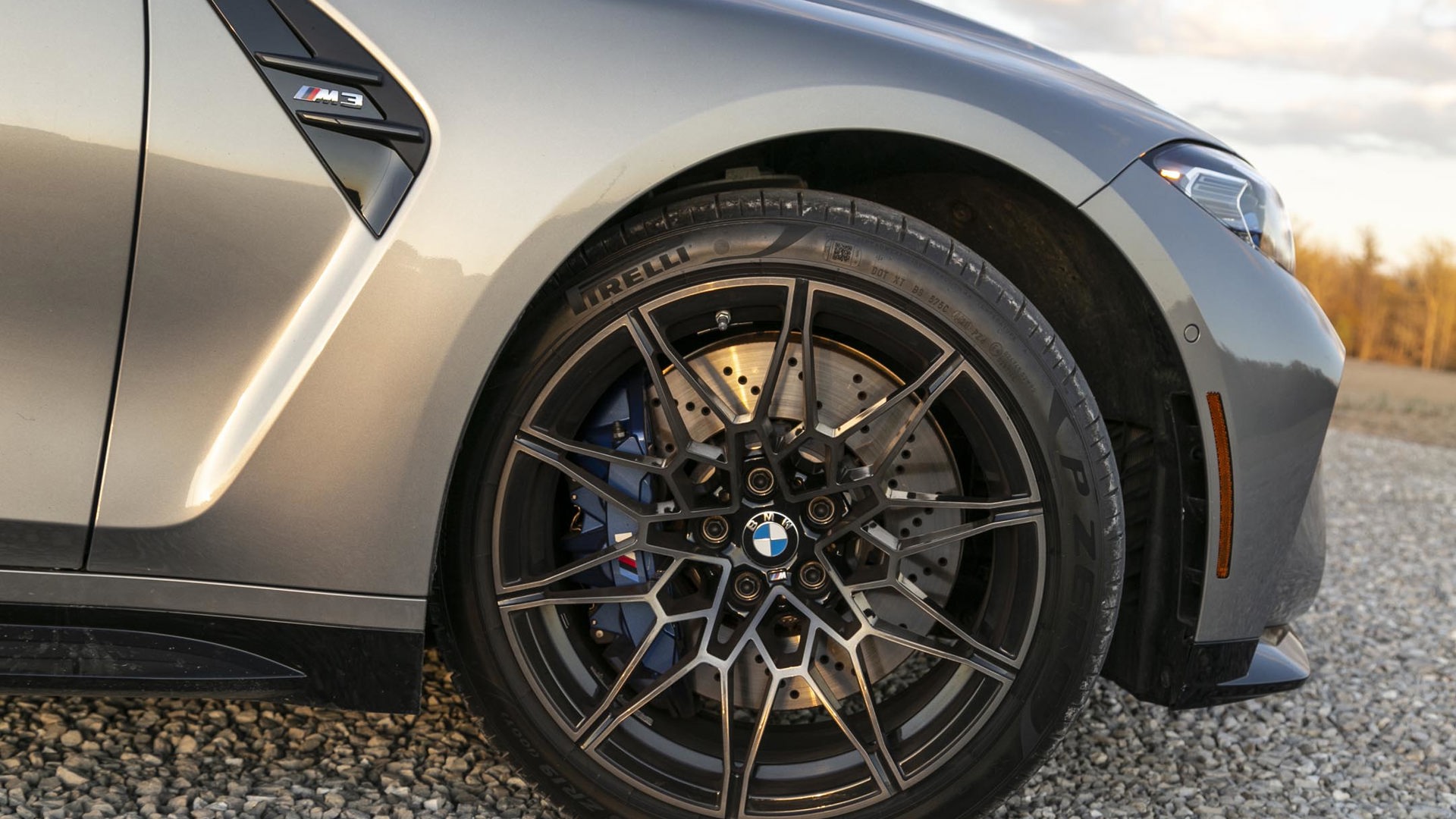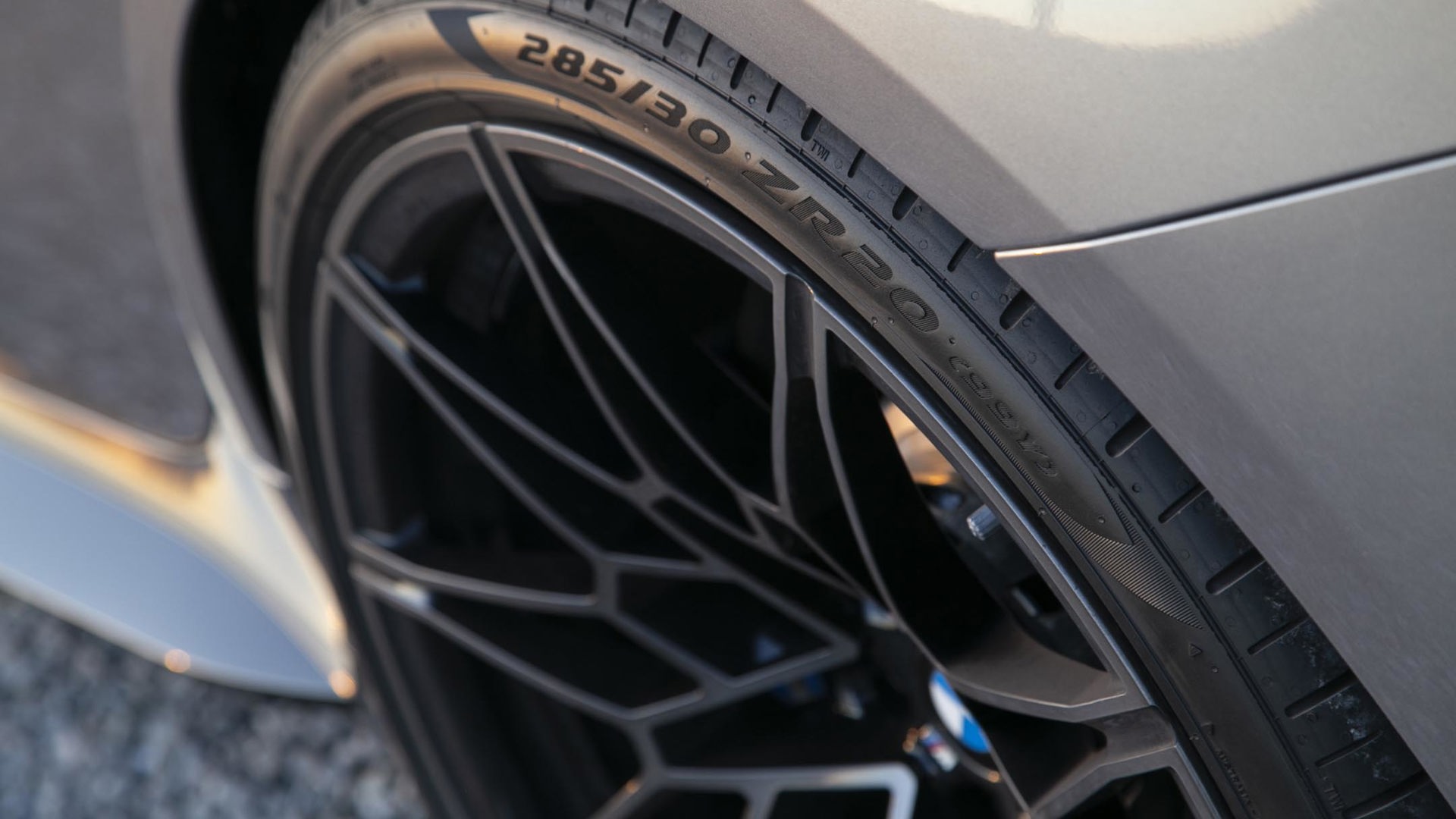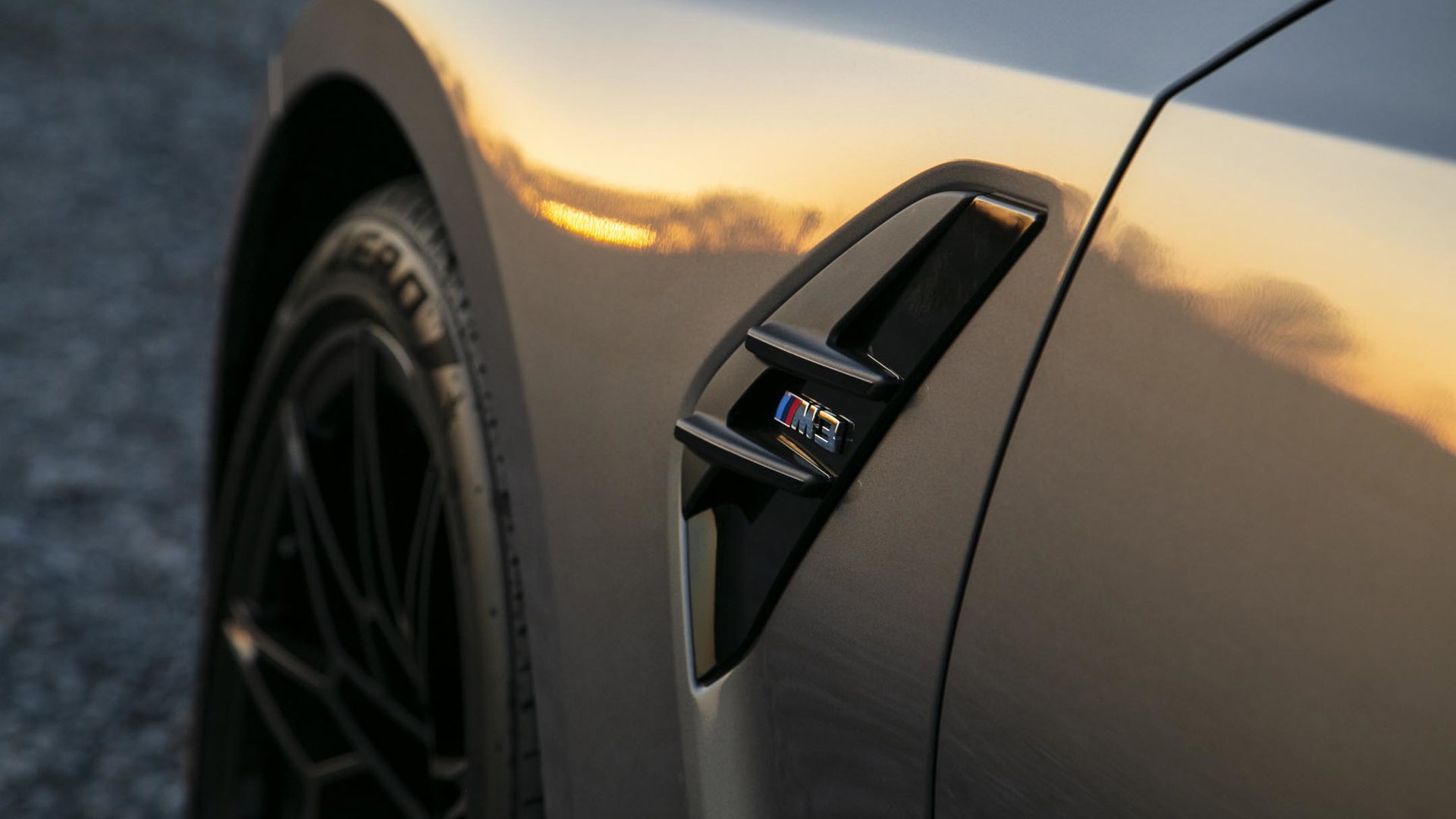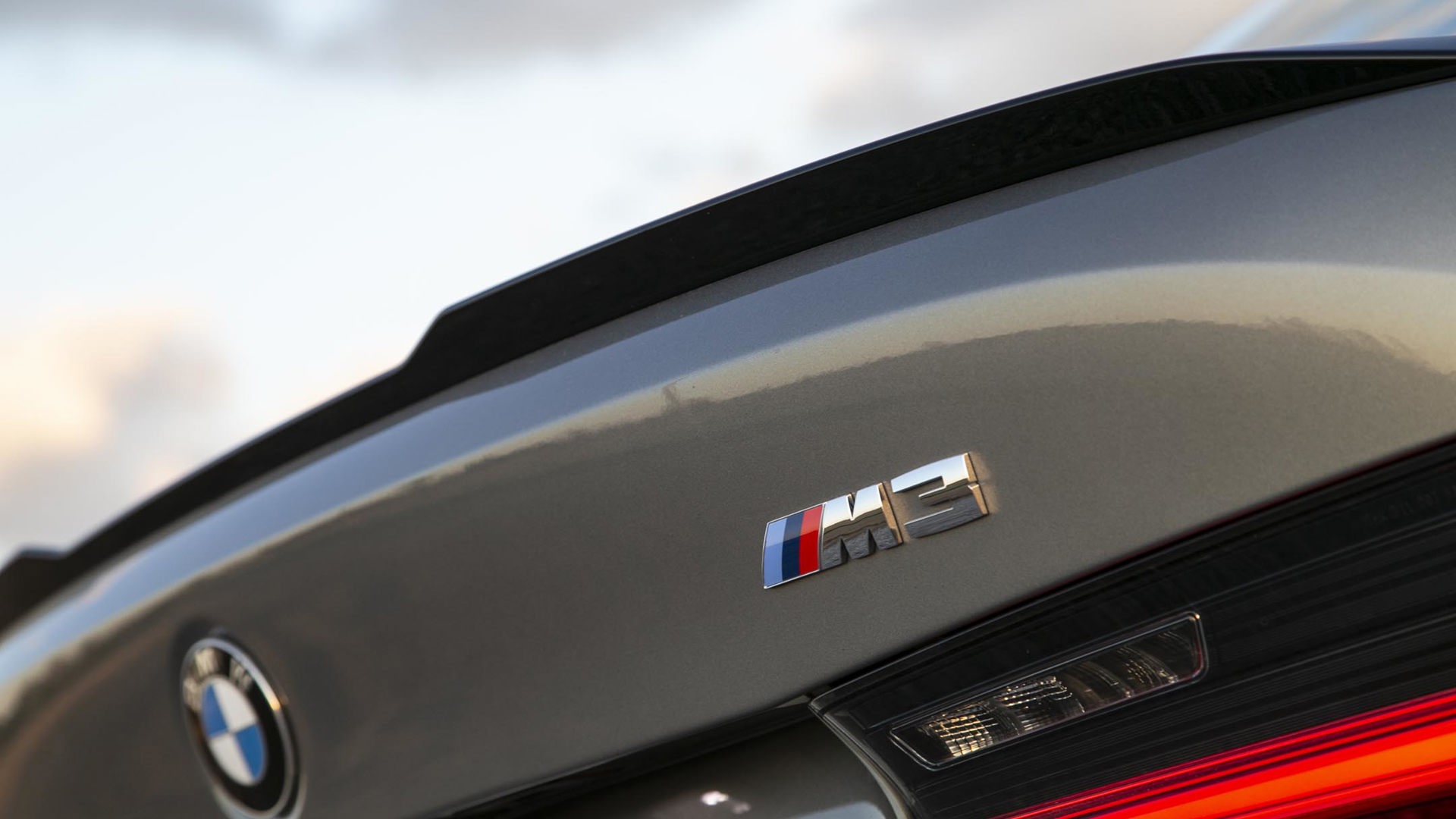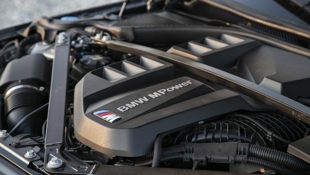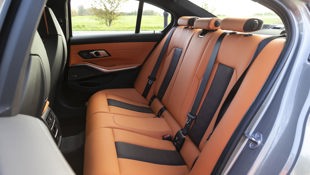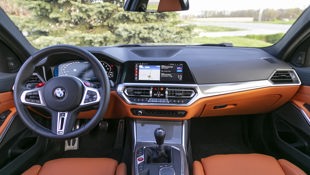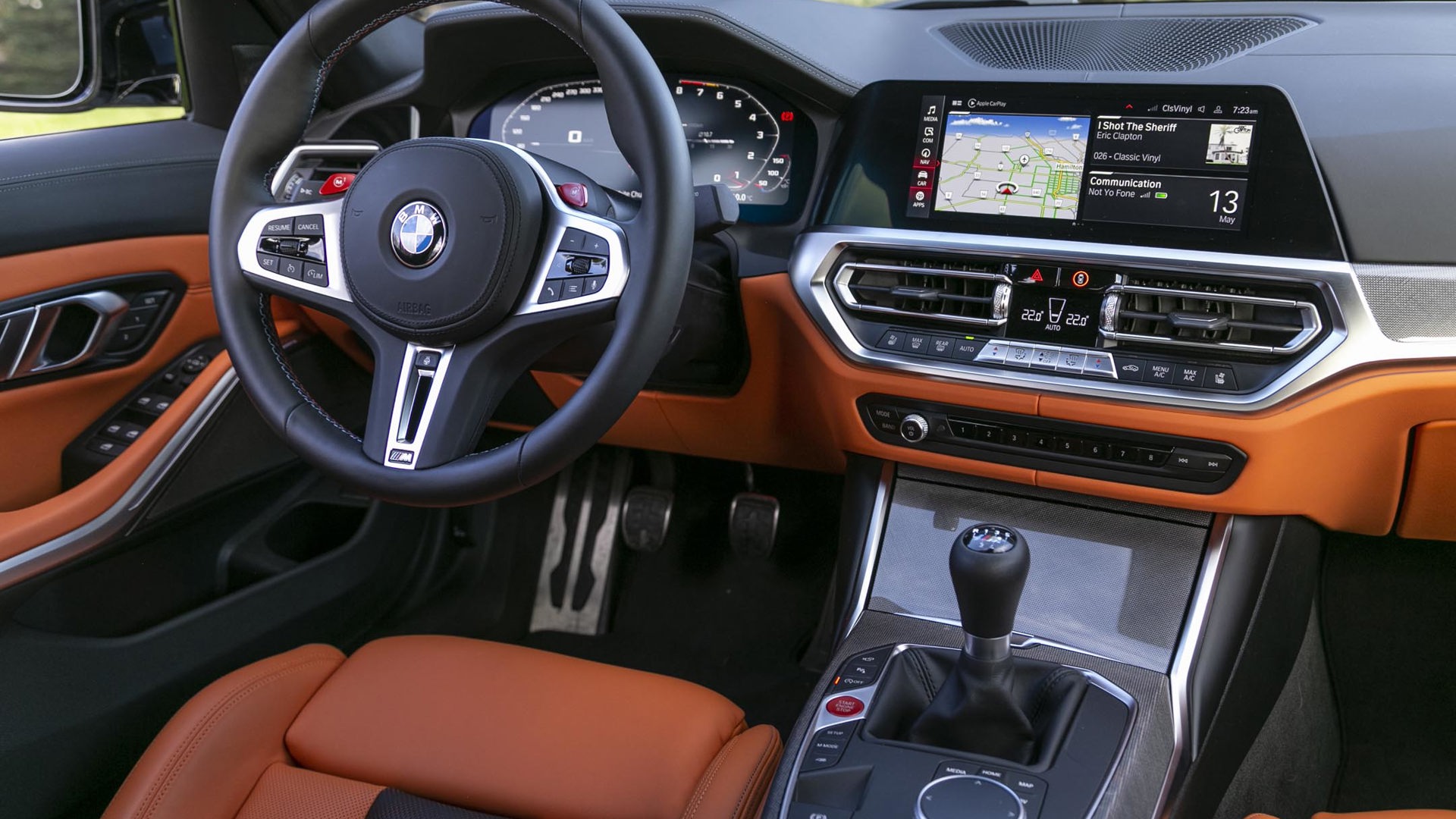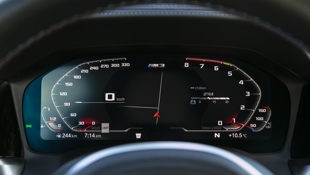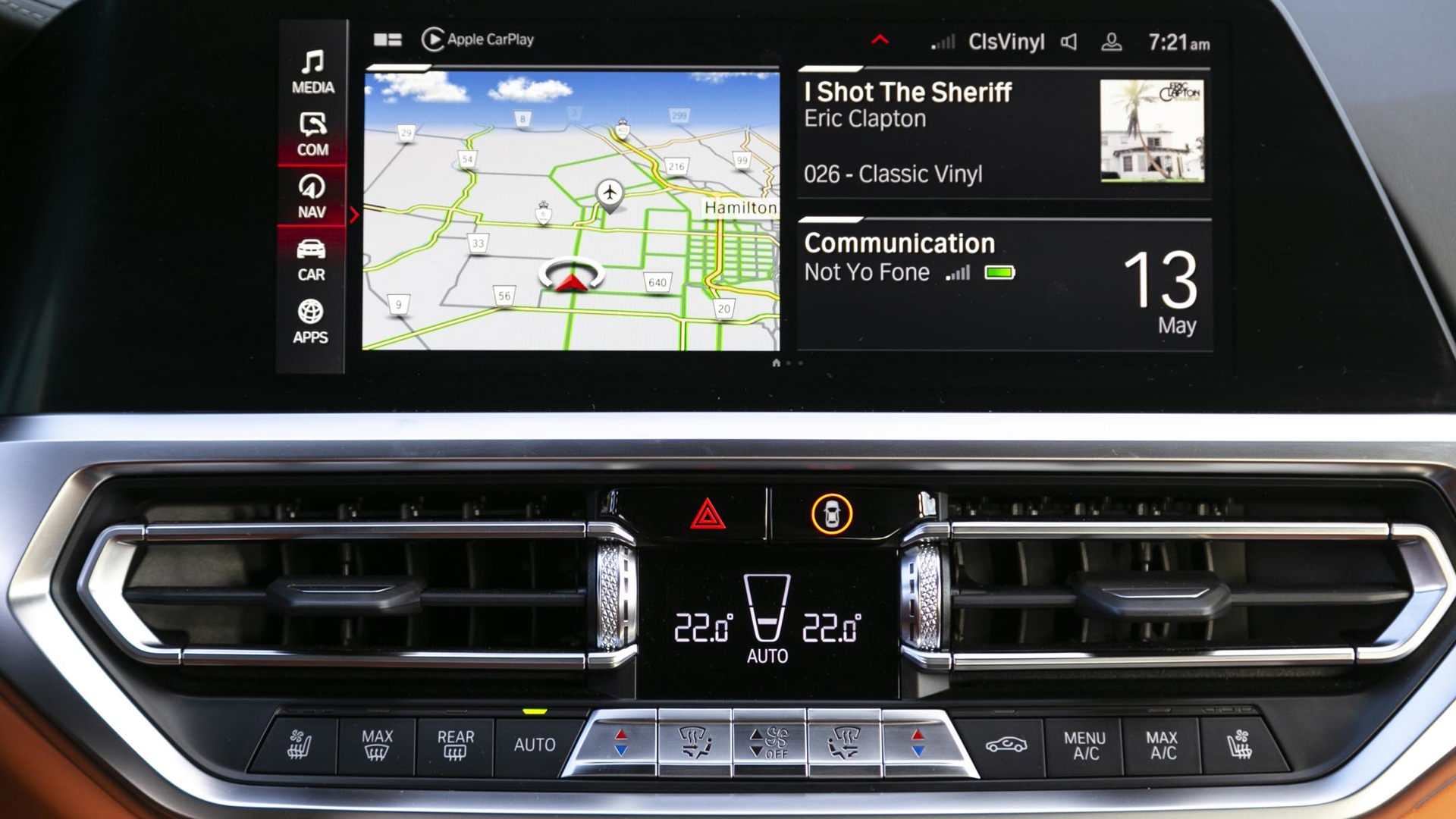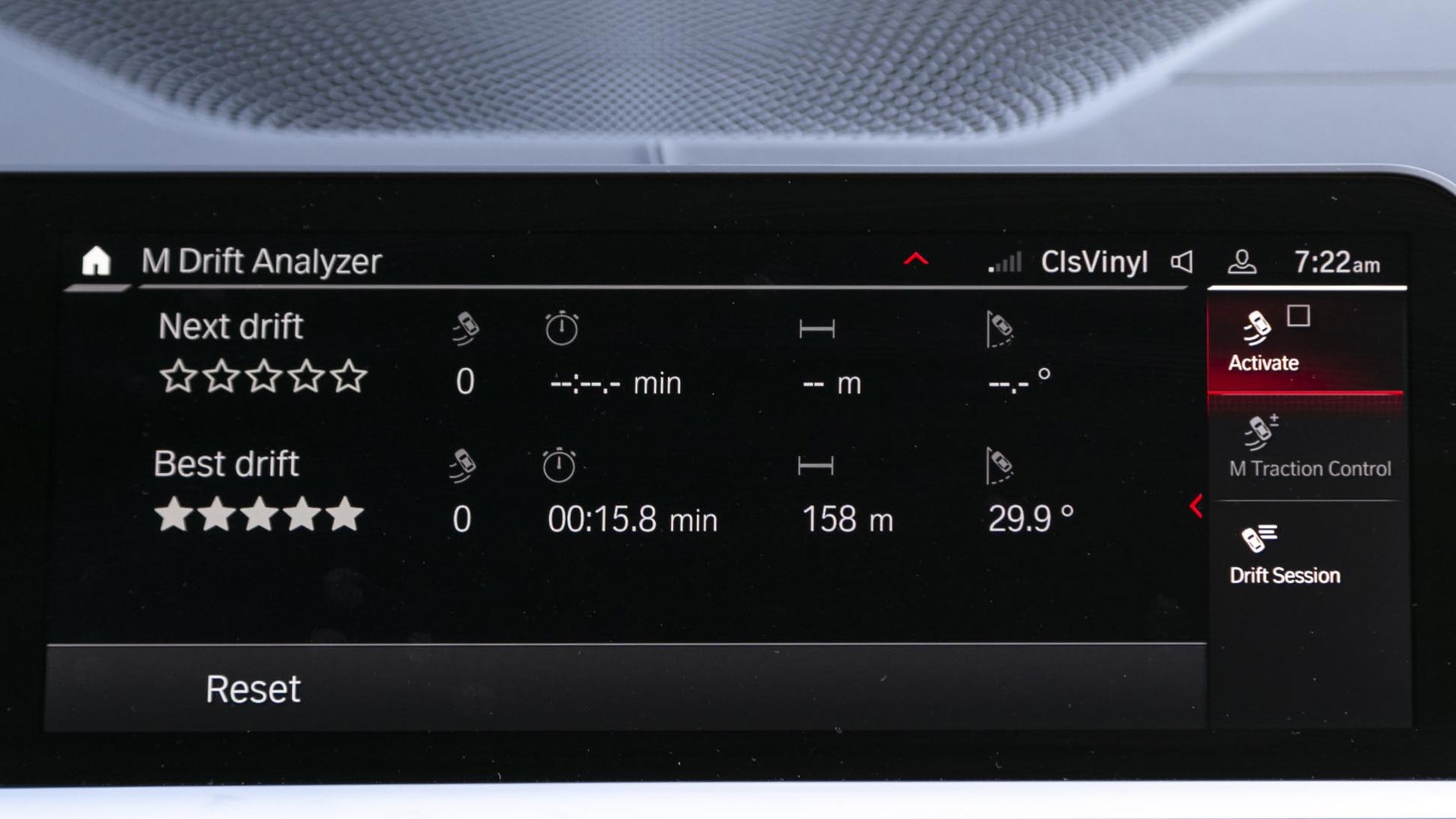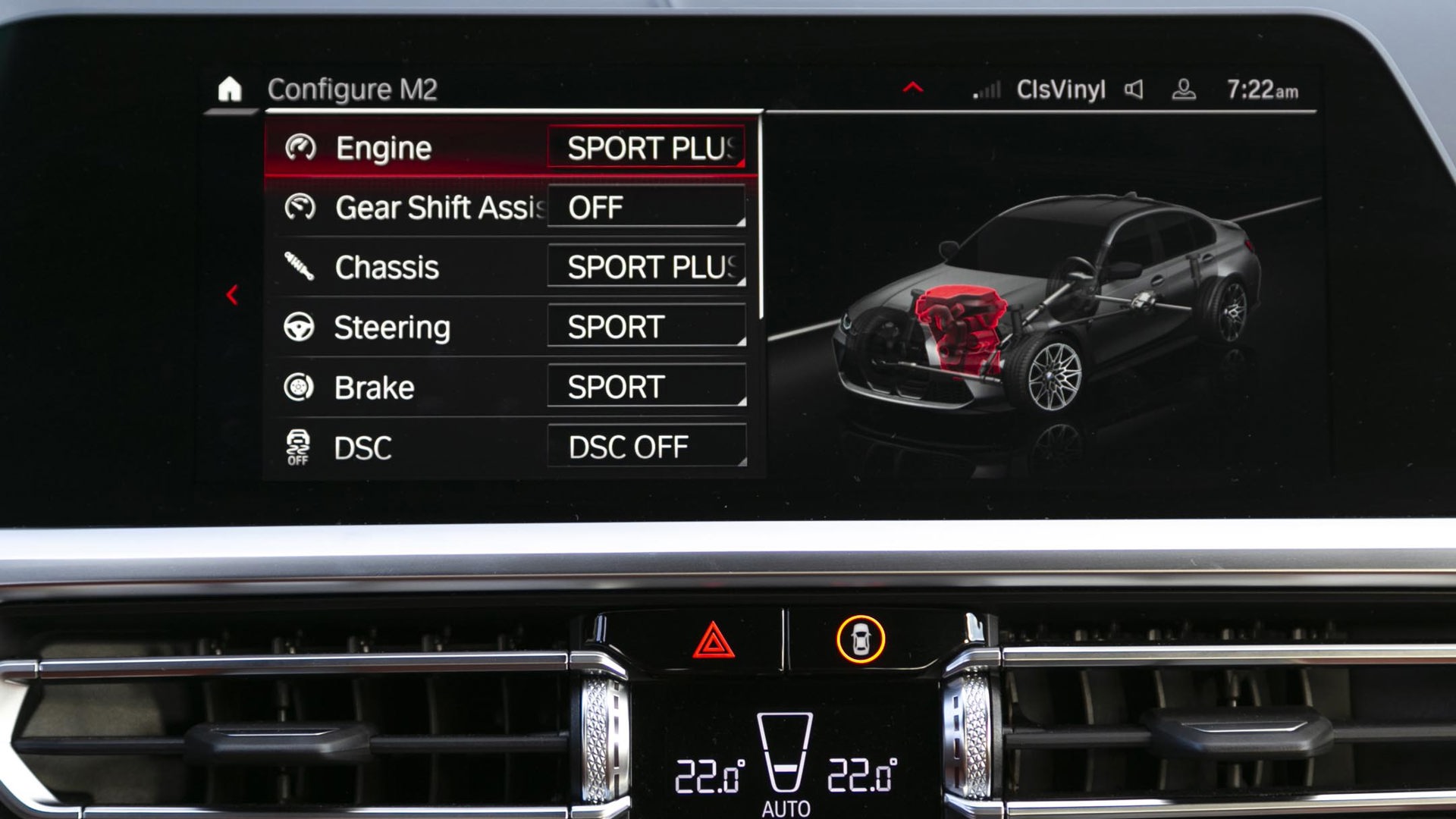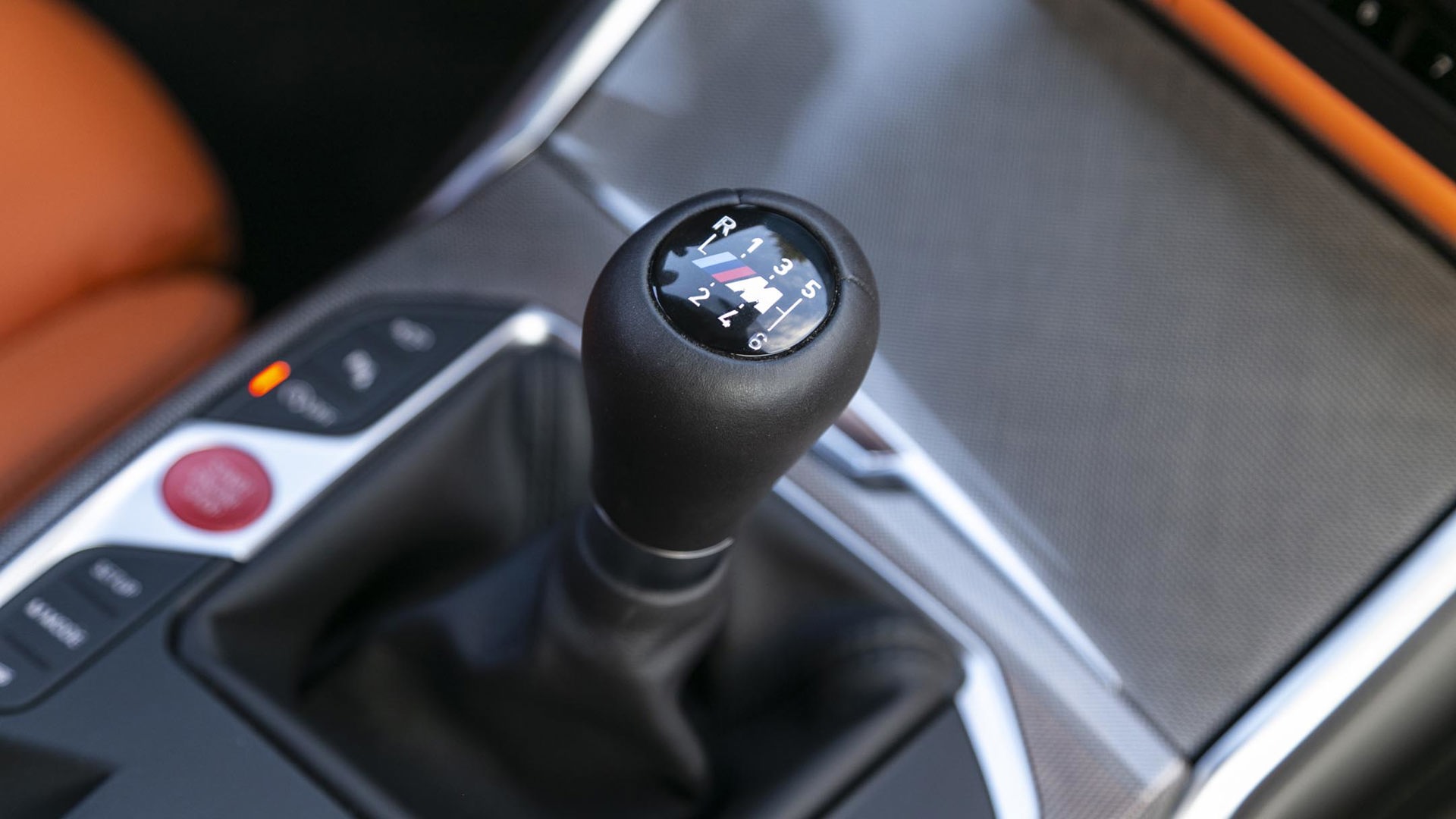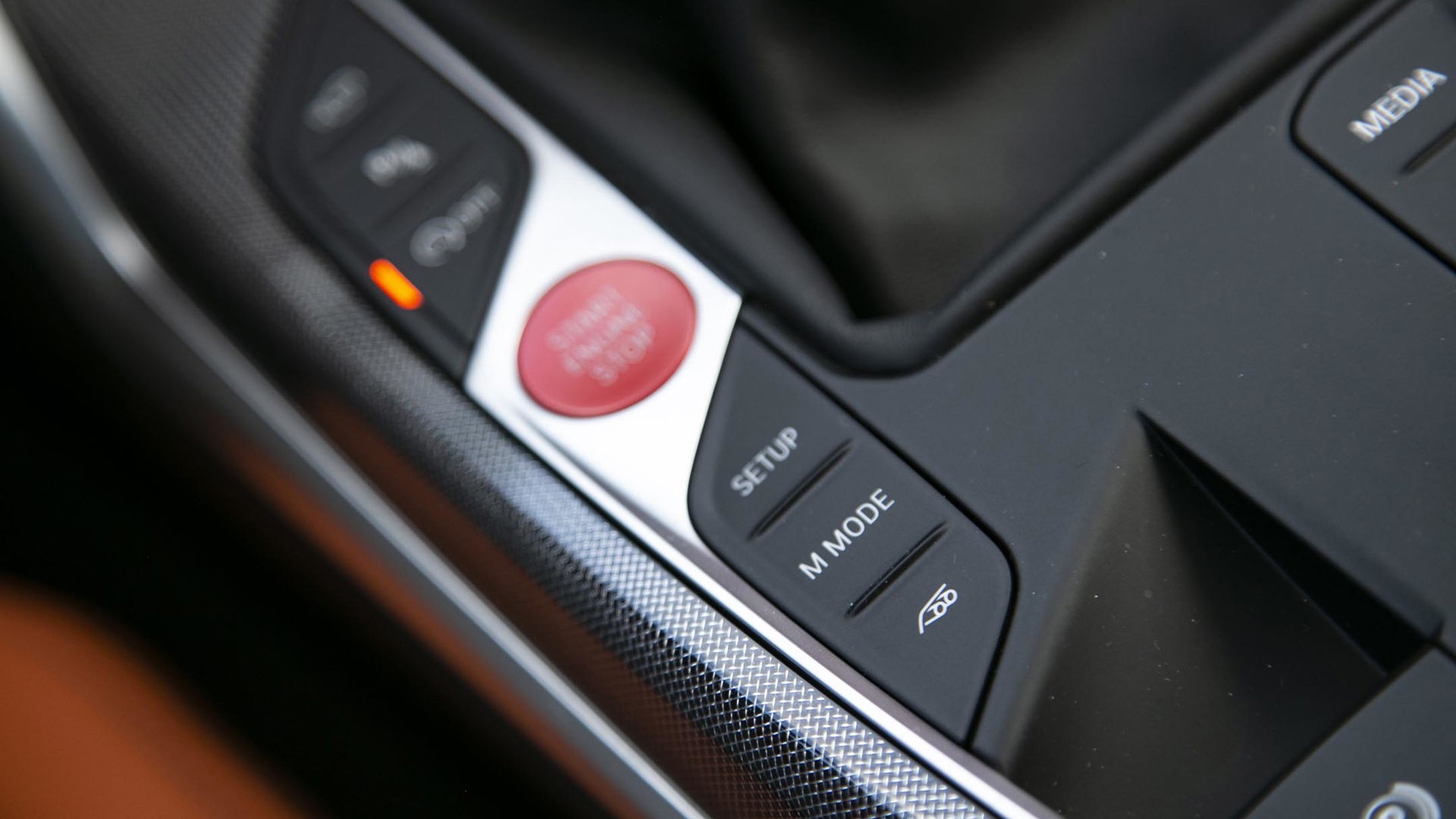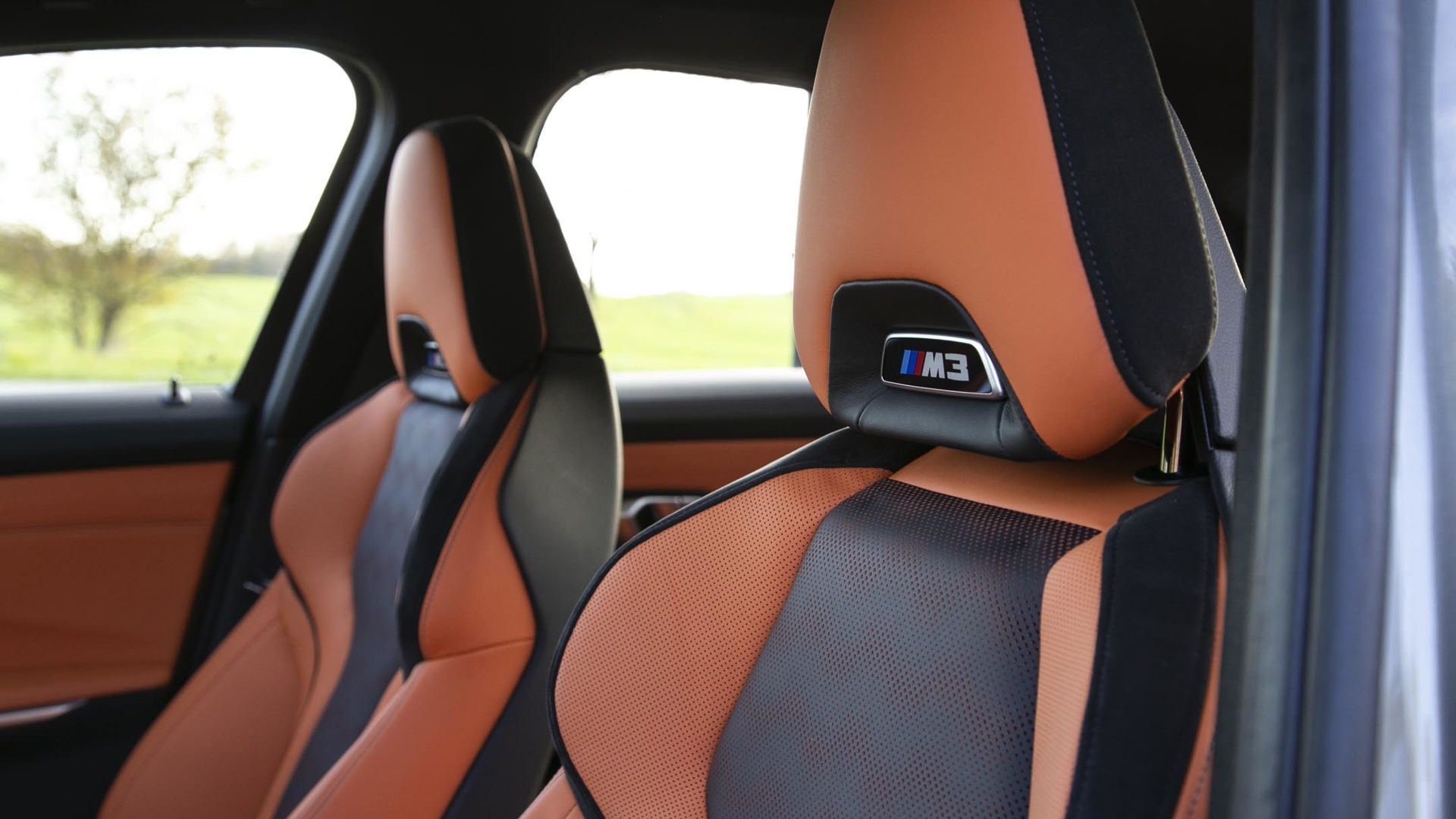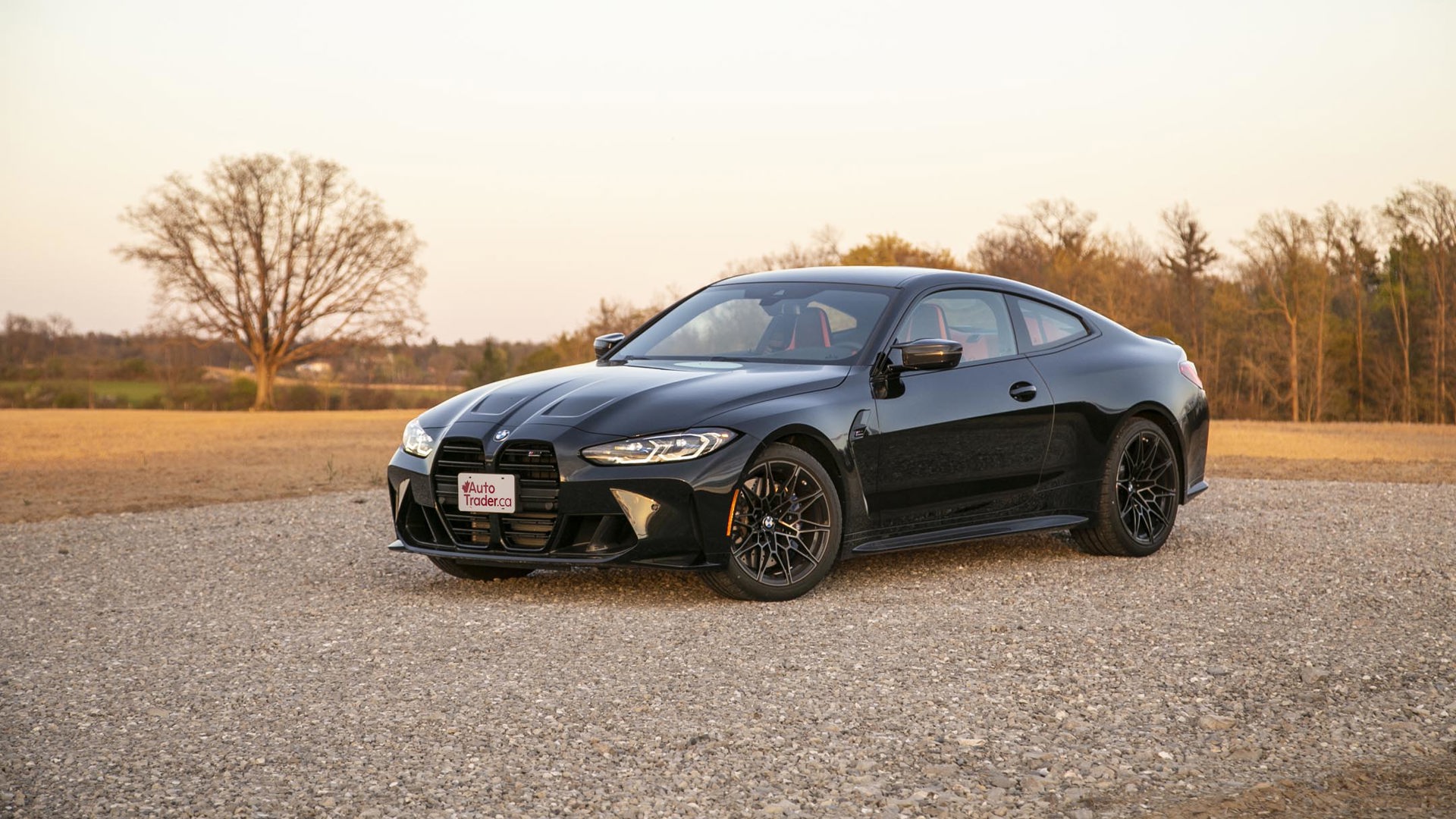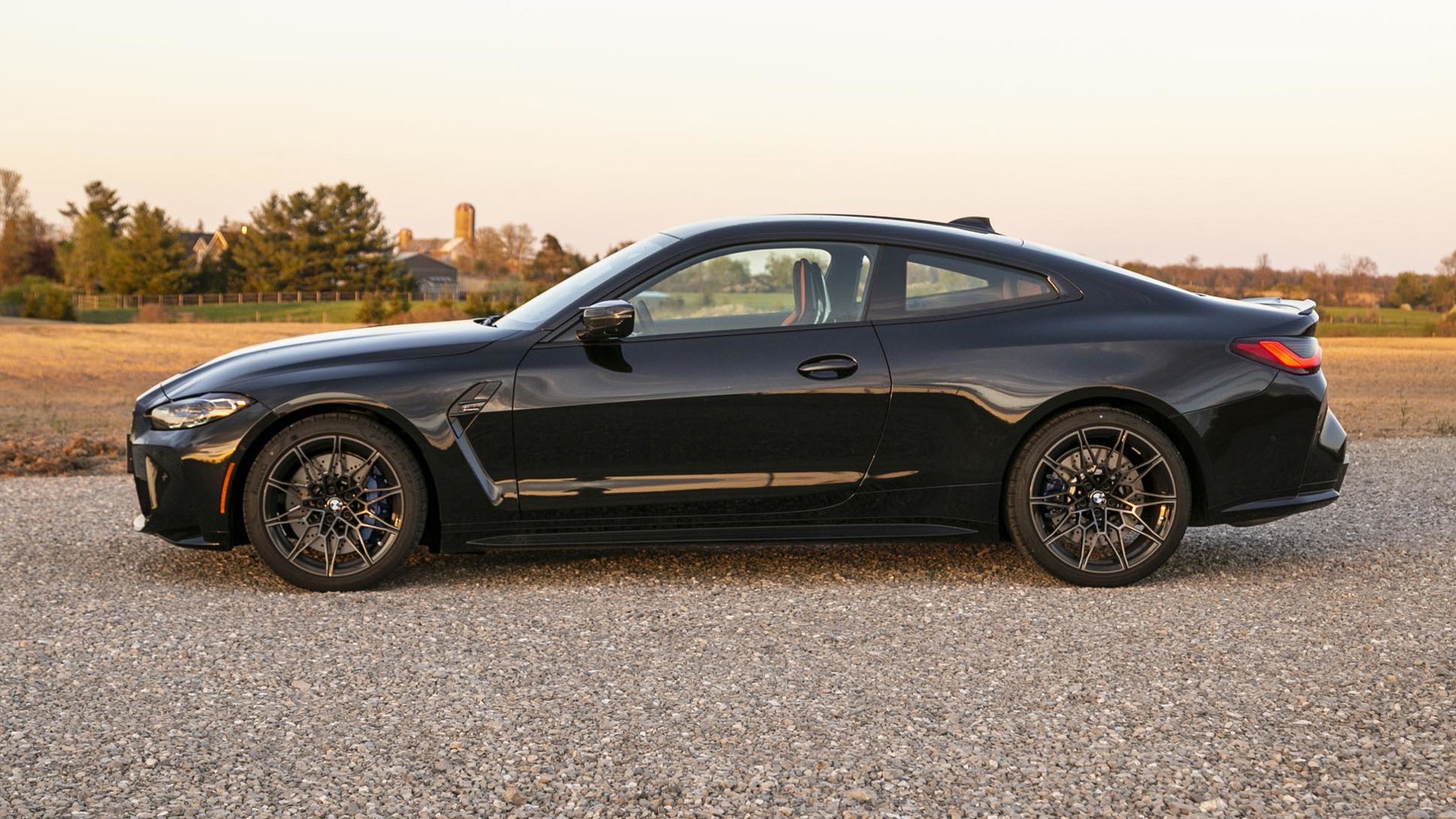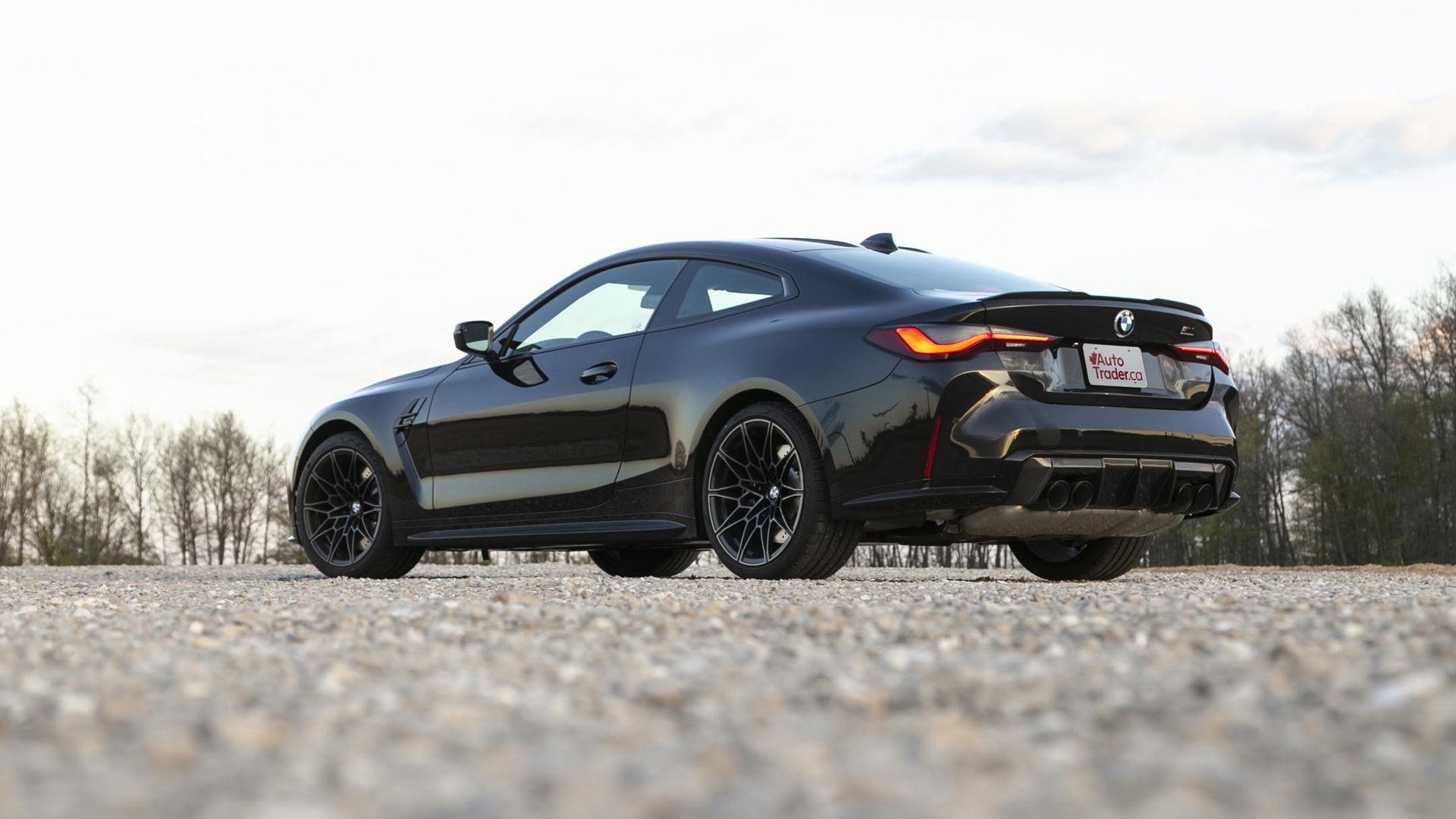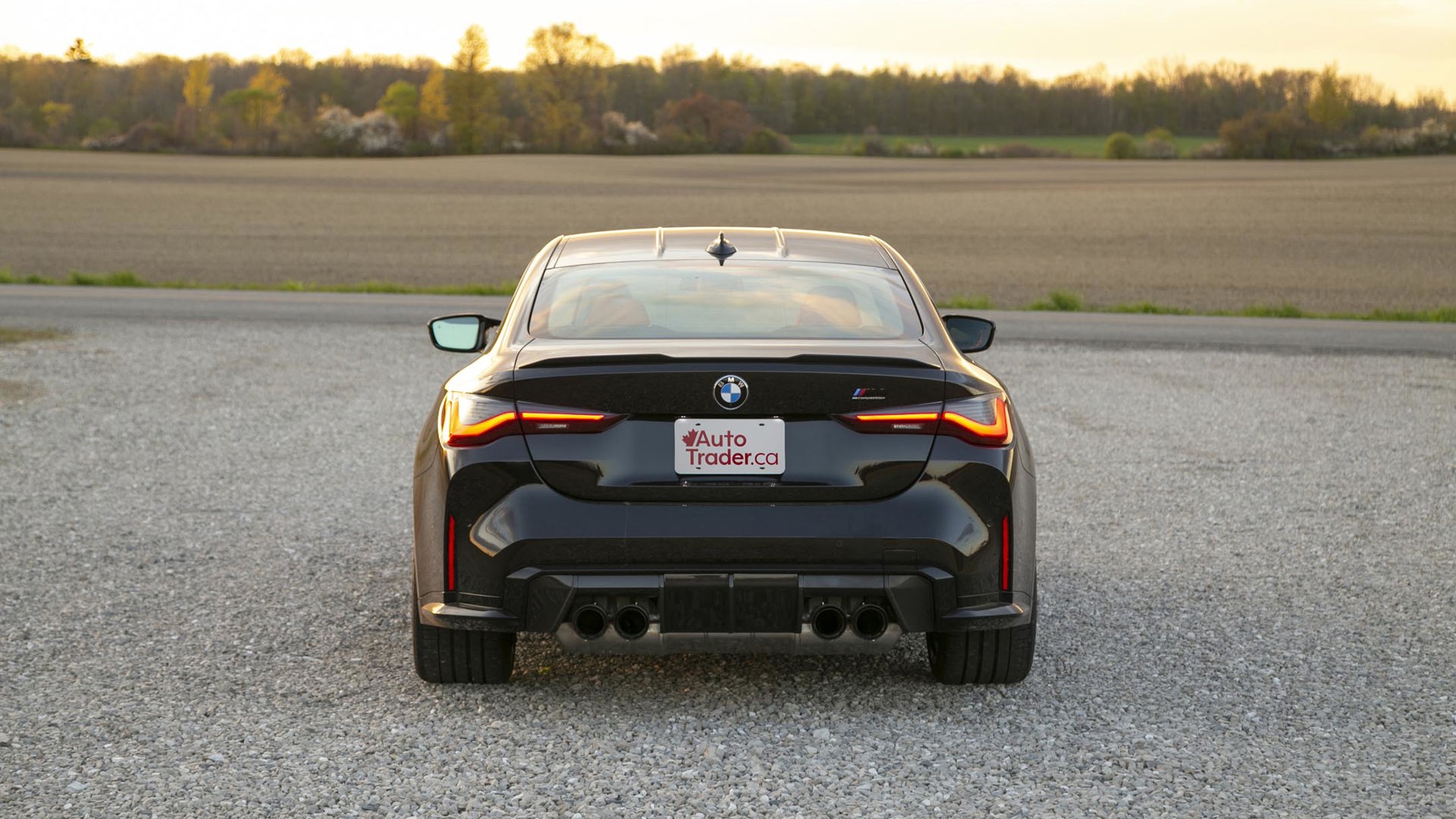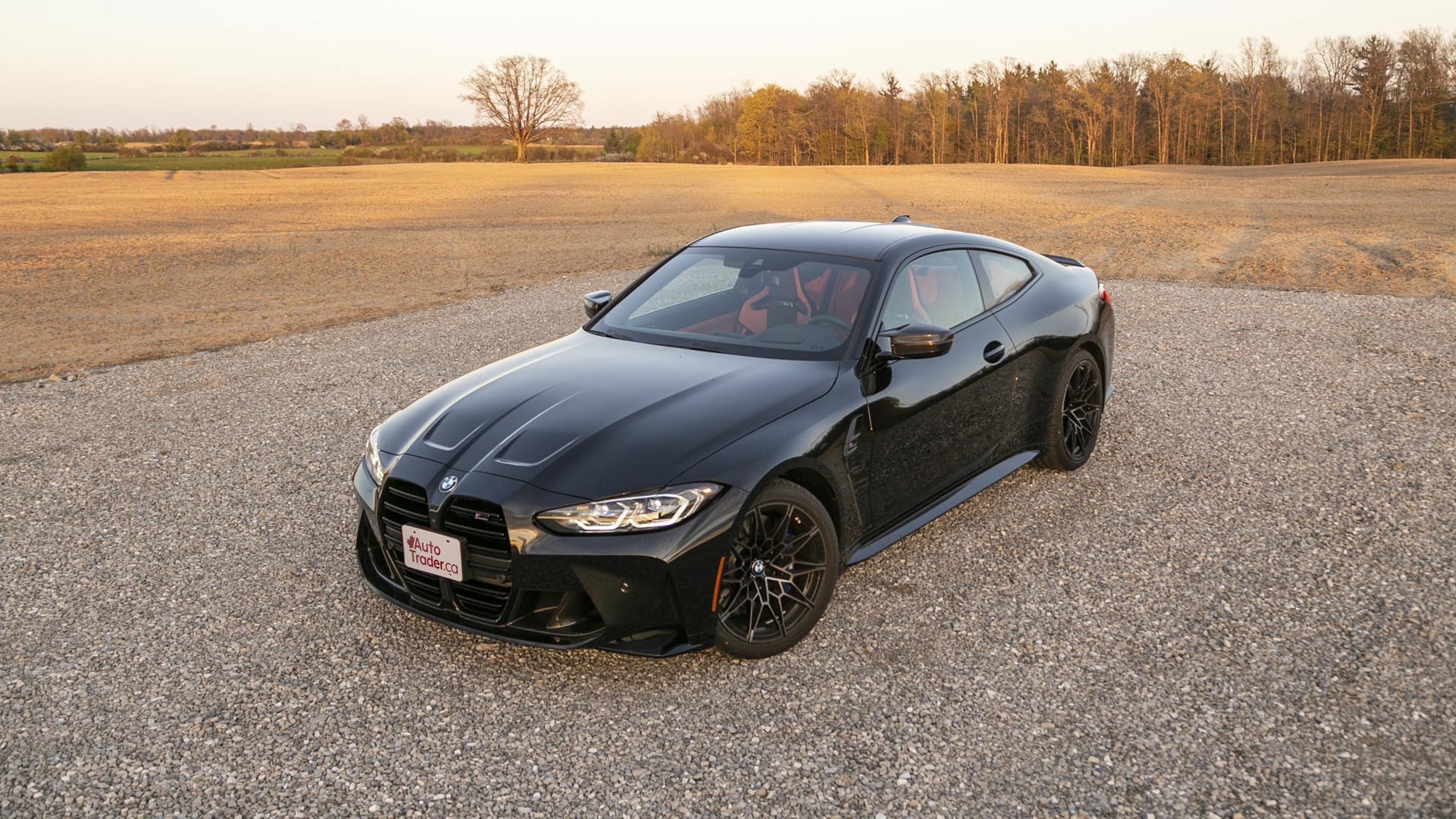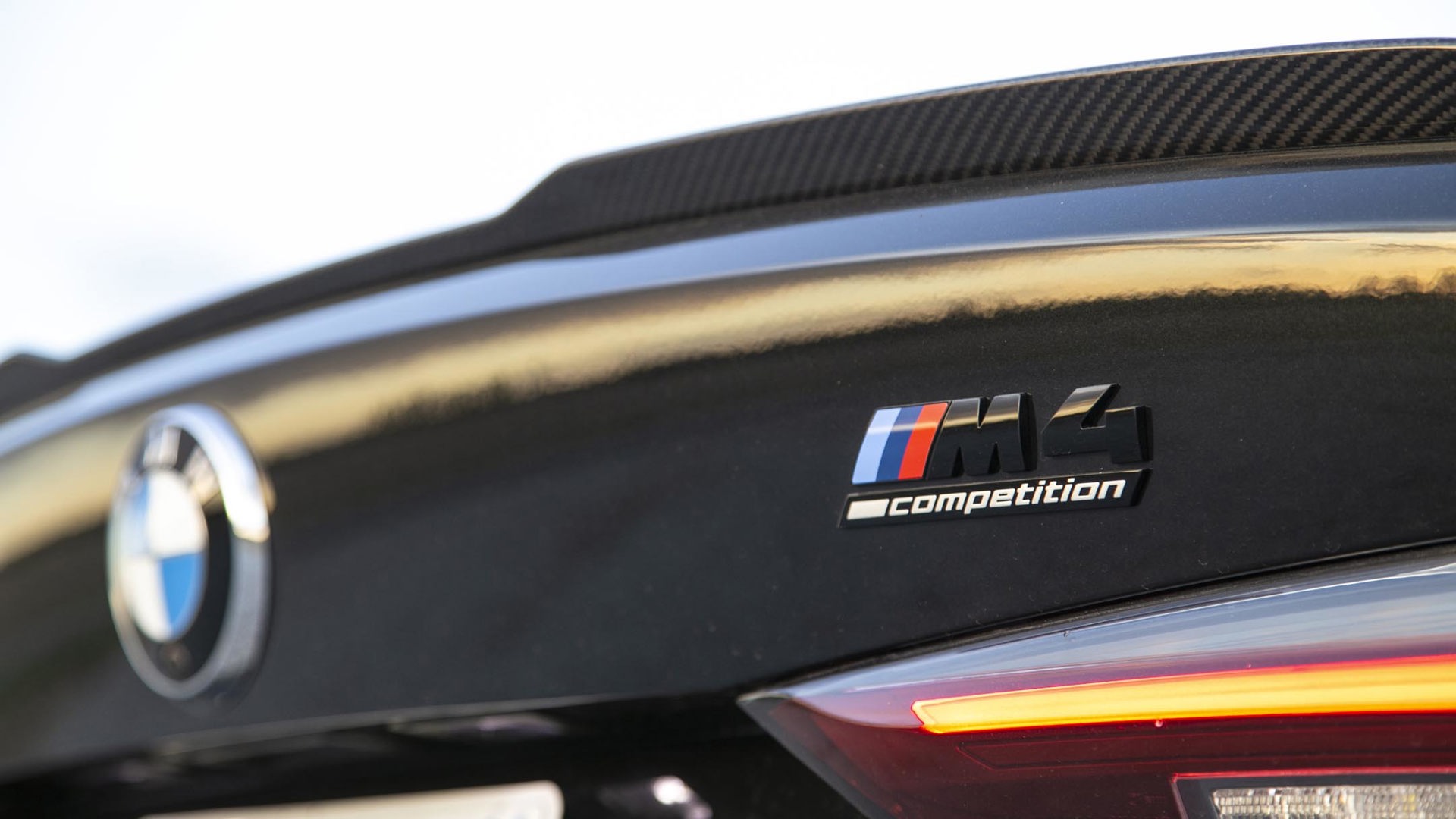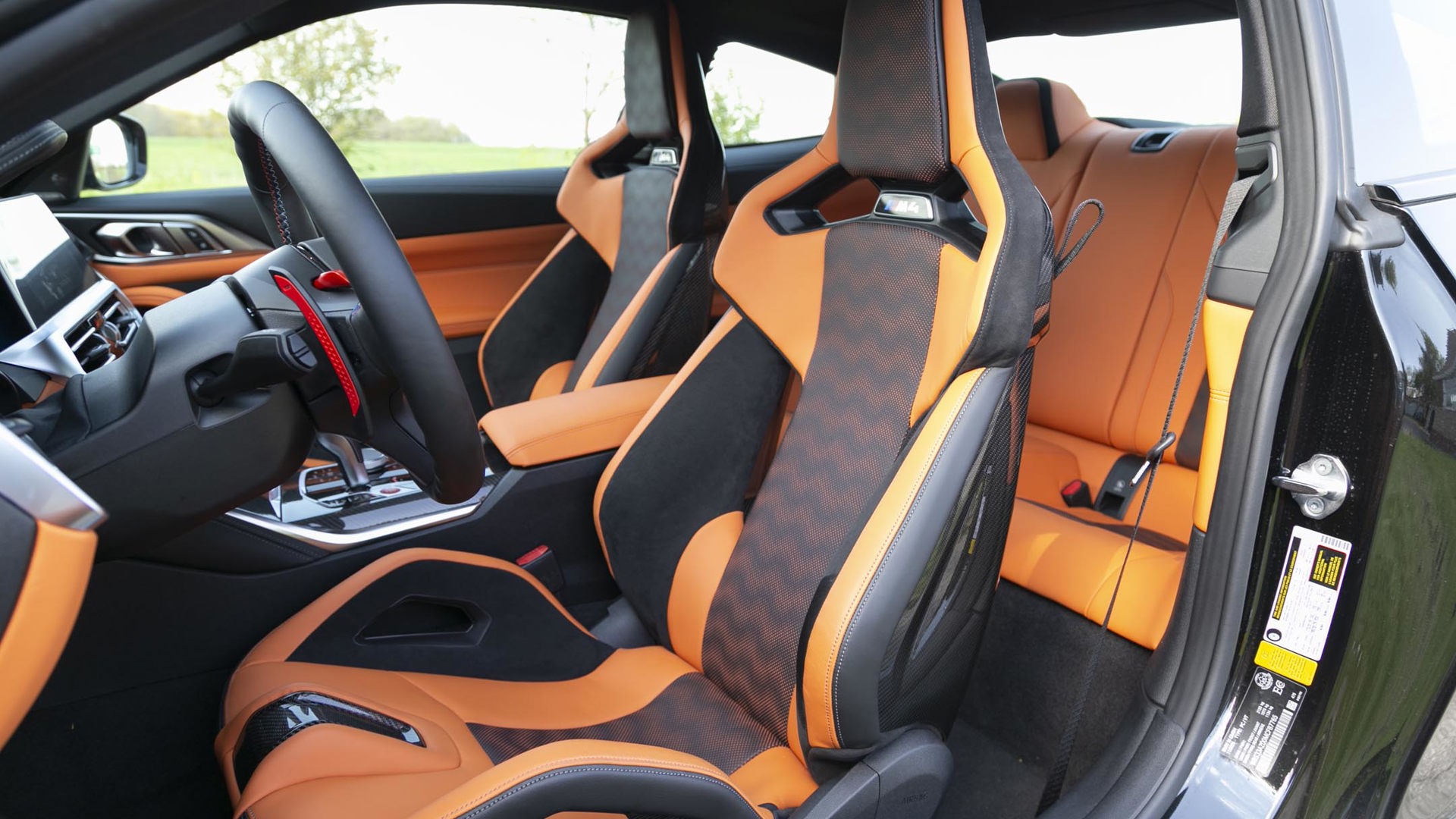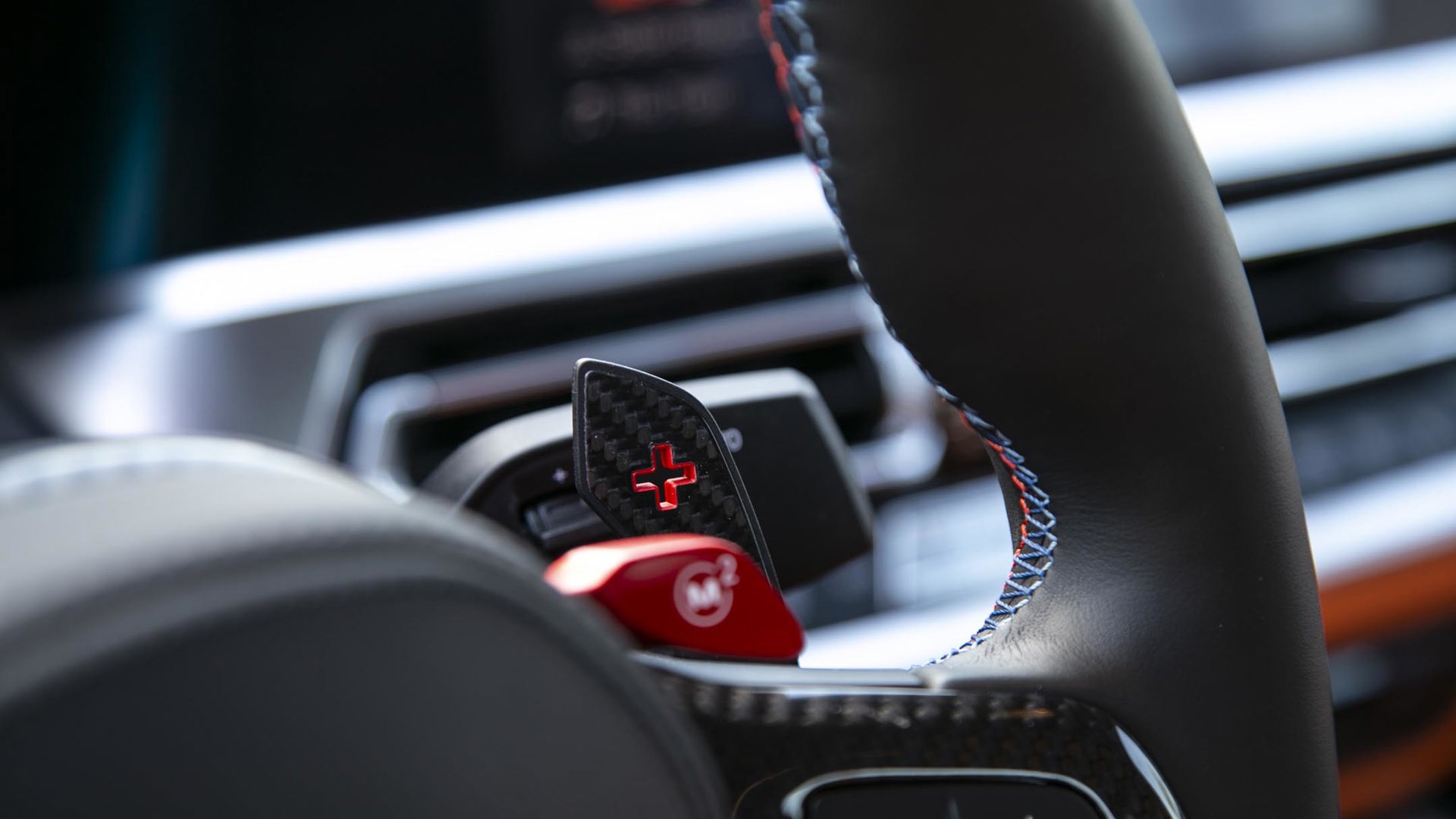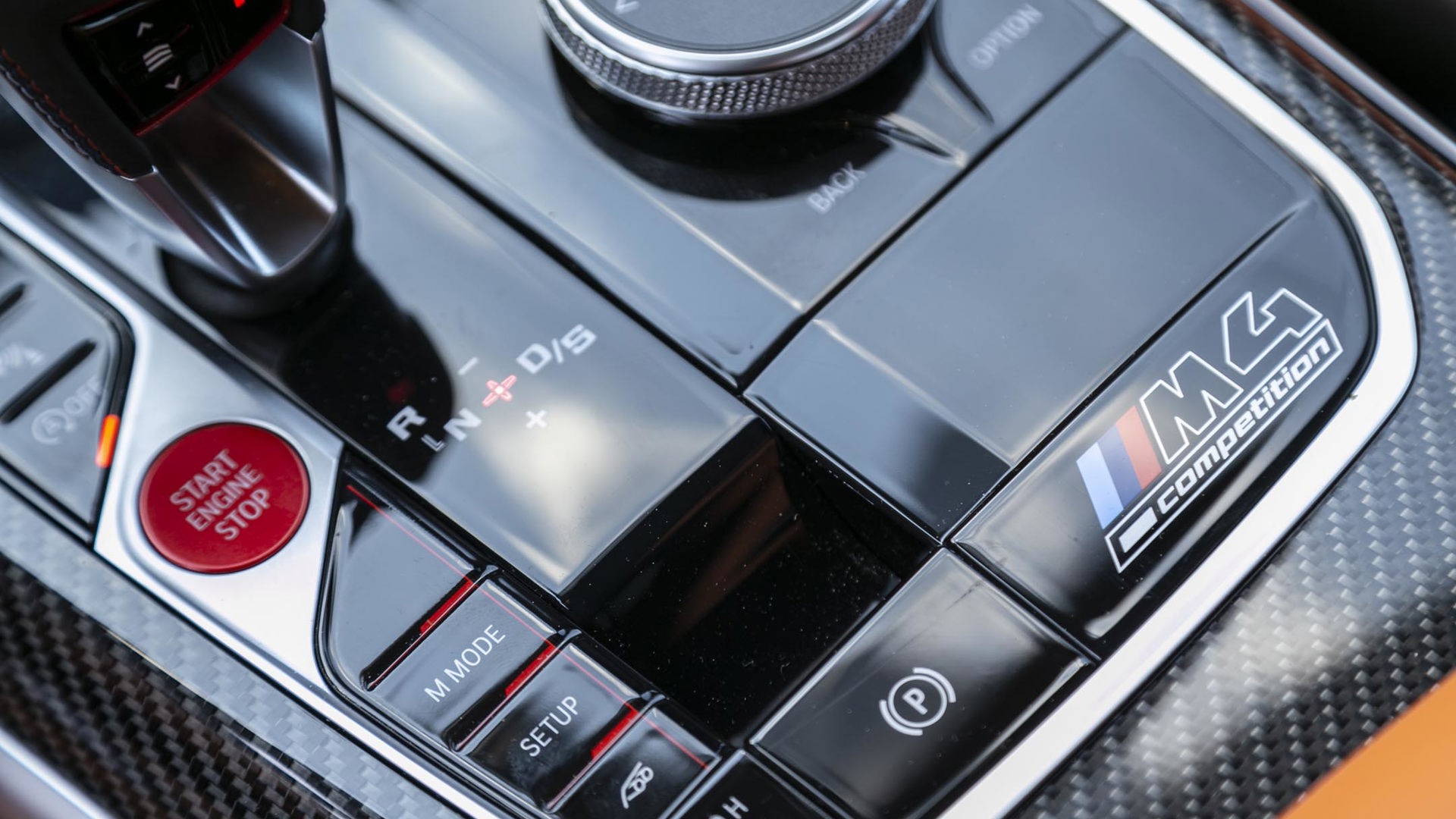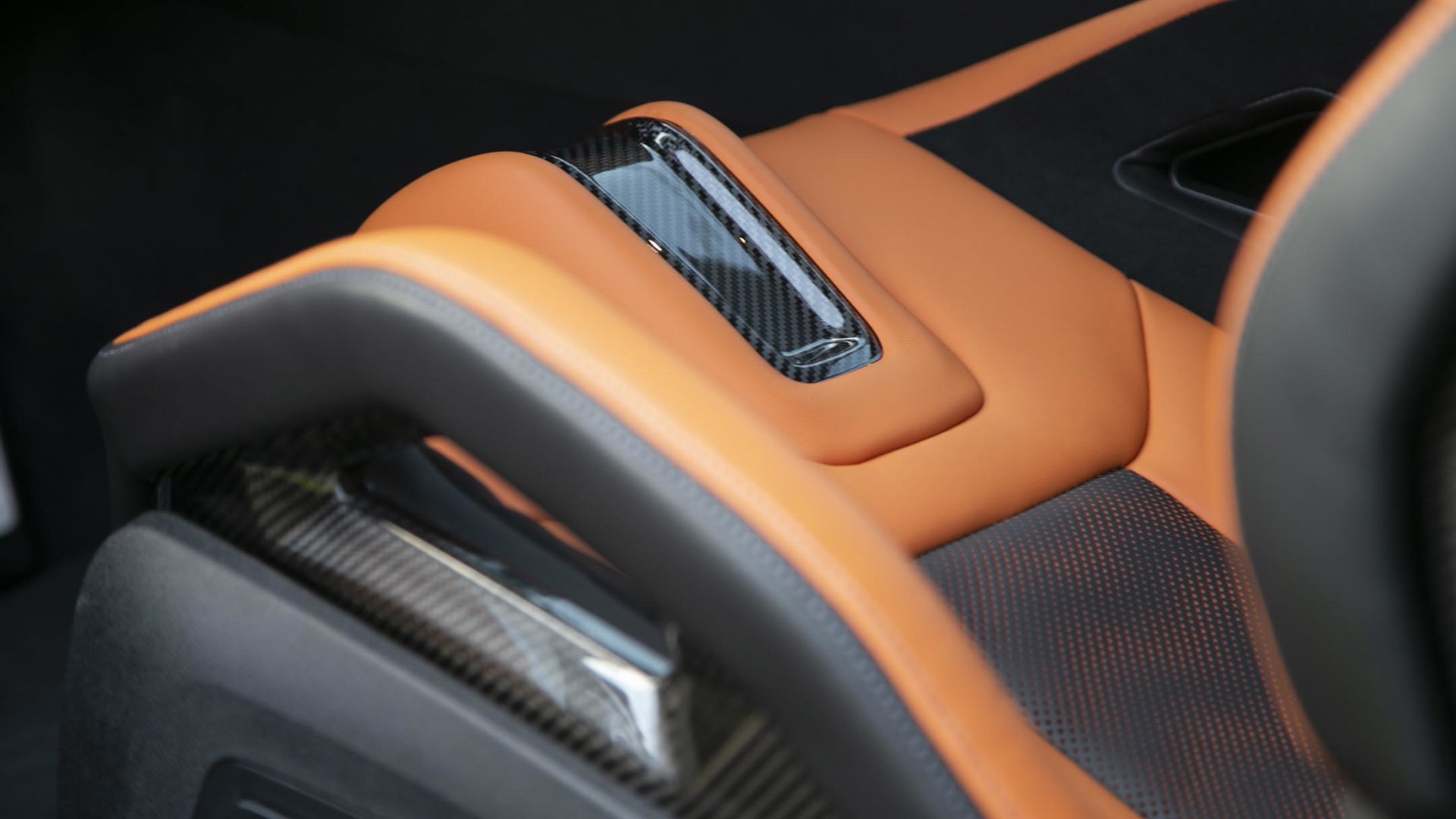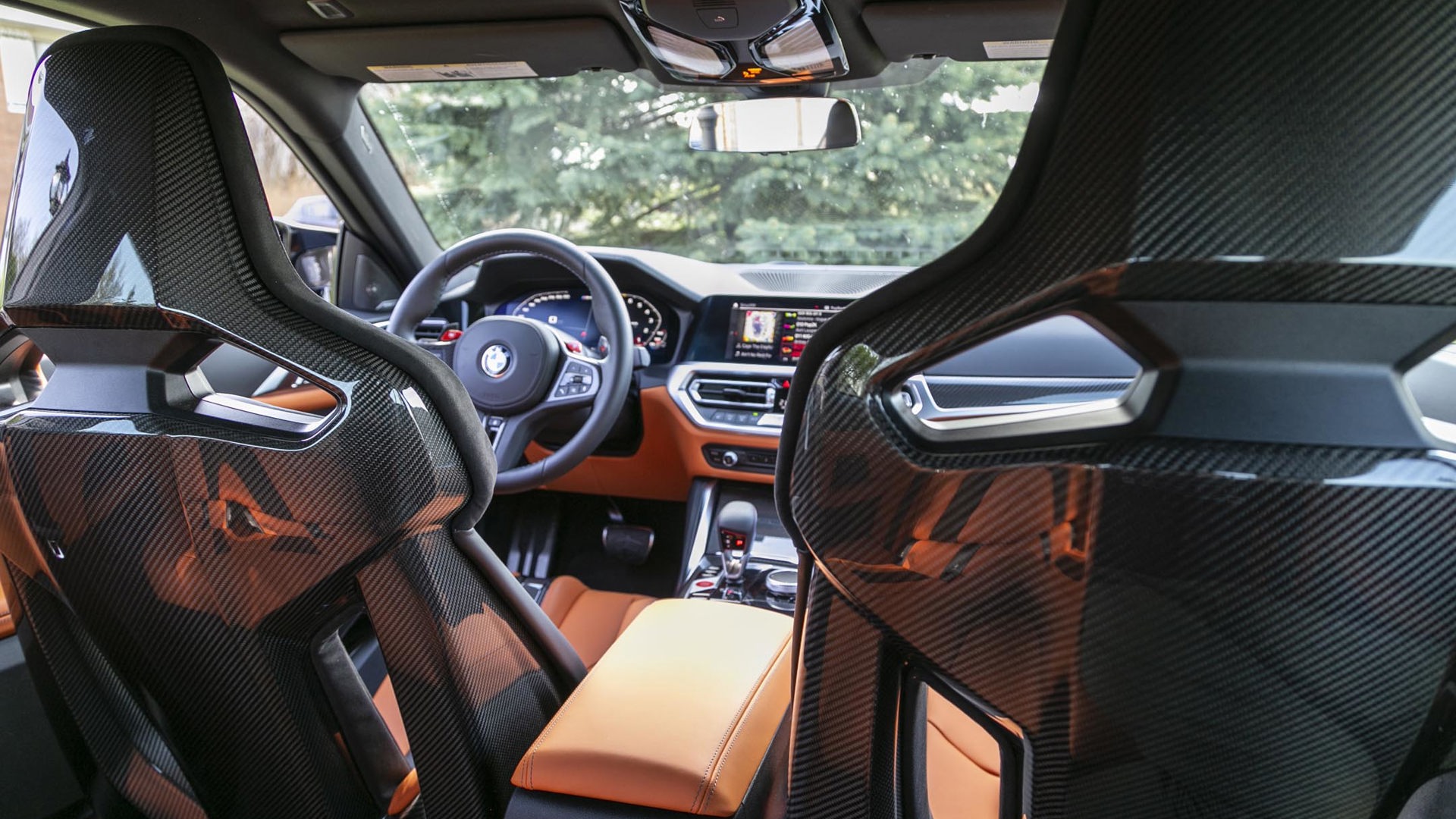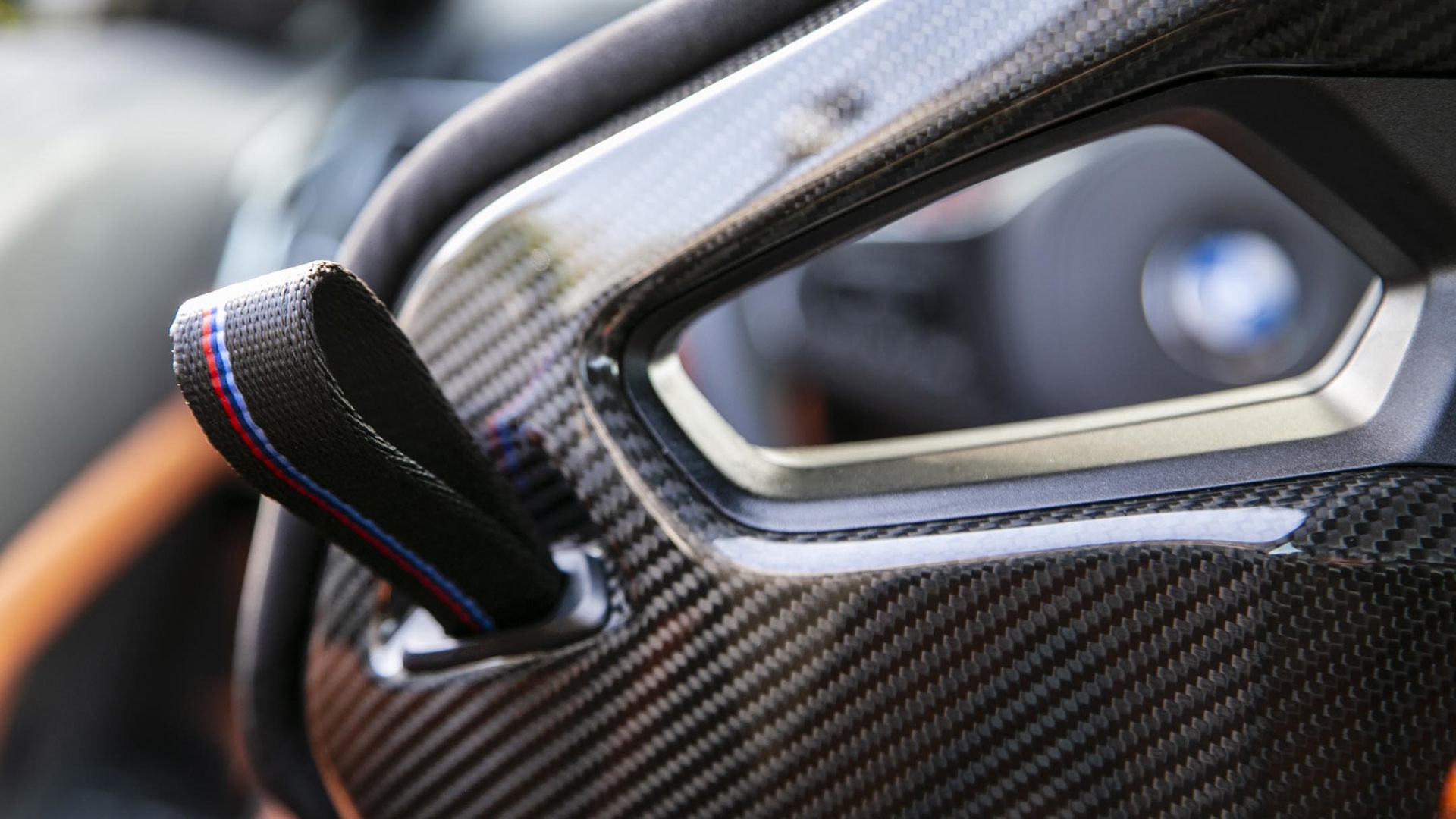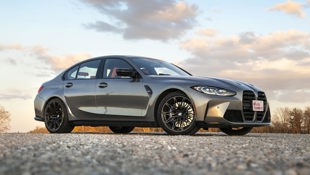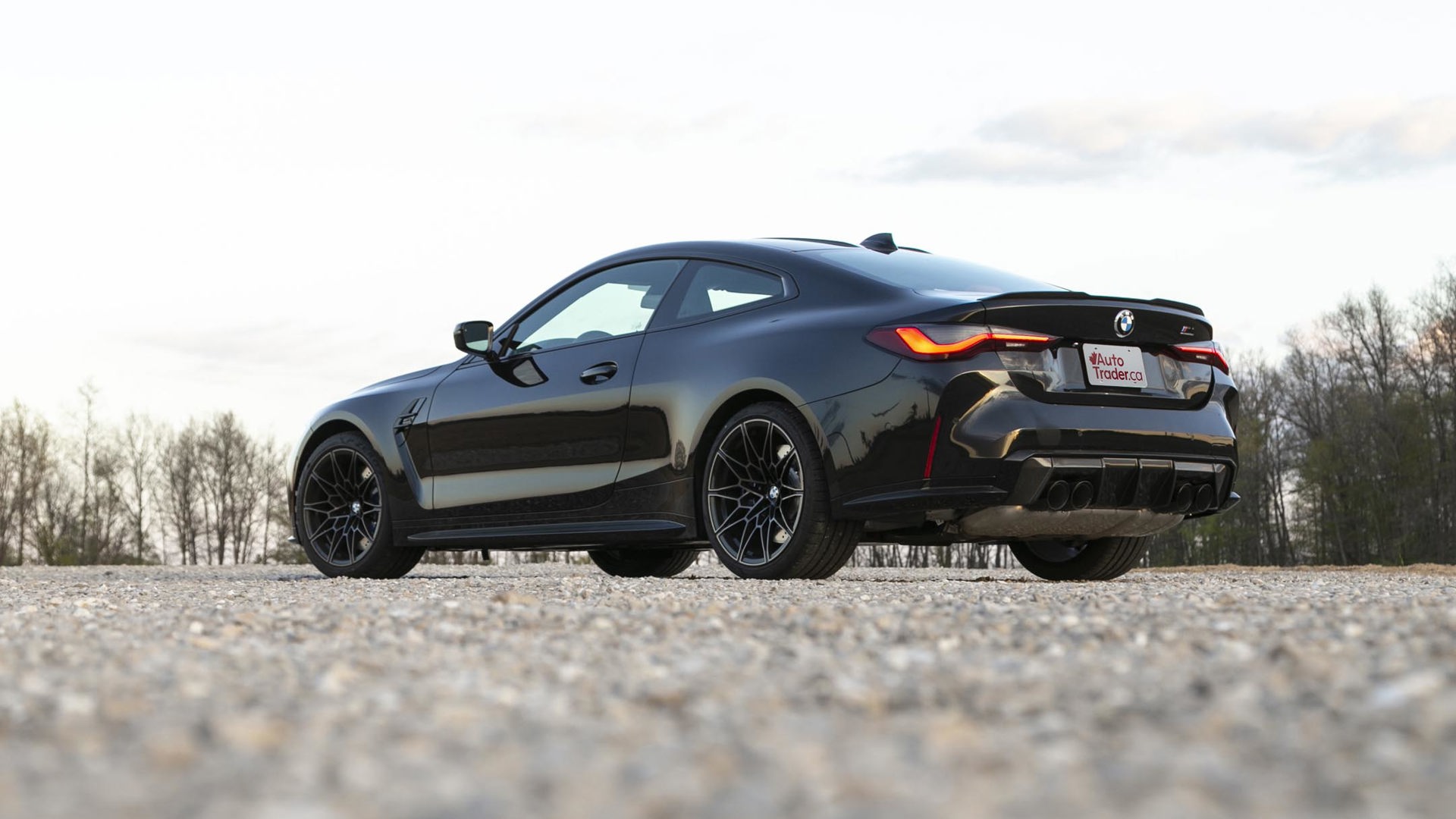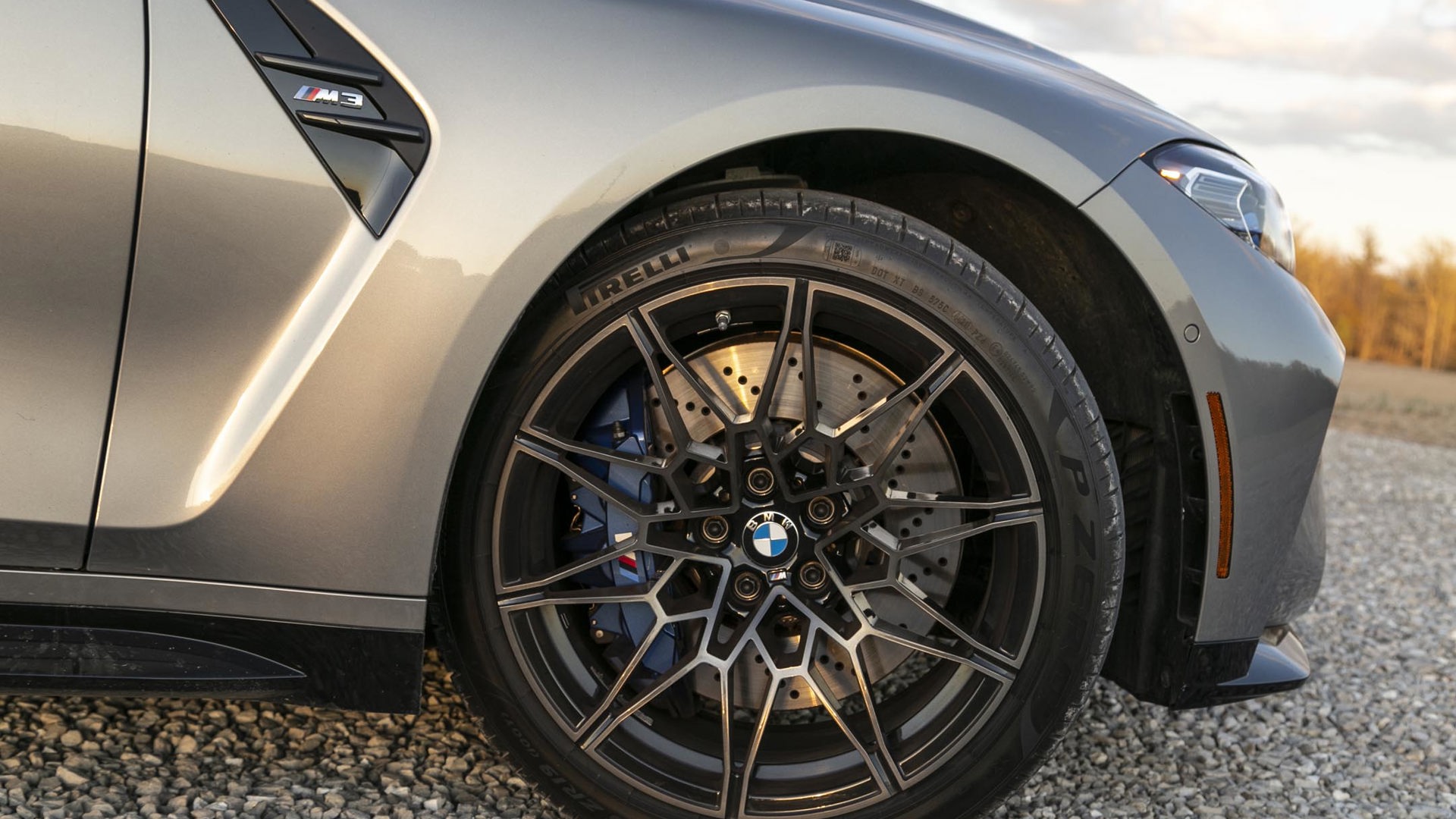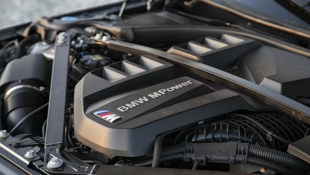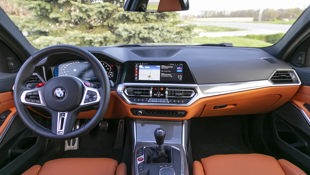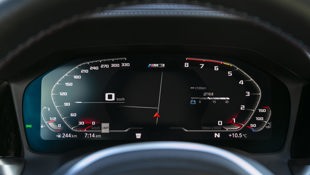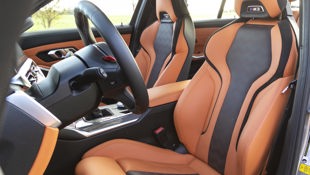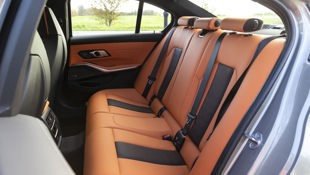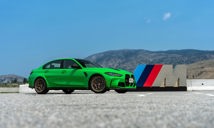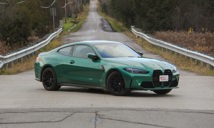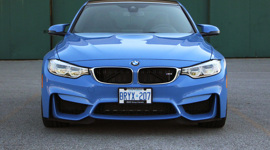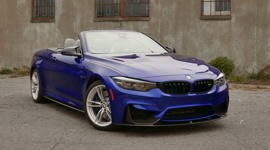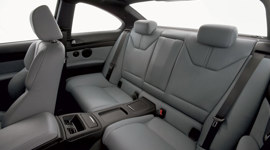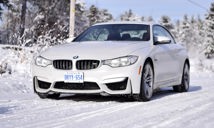 AutoTrader SCORE
AutoTrader SCORE
-
STYLING7/10
-
Safety7/10
-
PRACTICALITY7/10
-
USER-FRIENDLINESS8/10
-
FEATURES8/10
-
POWER9/10
-
COMFORT7/10
-
DRIVING FEEL9/10
-
FUEL ECONOMY7/10
-
VALUE7/10
BMW’s 3 Series is arguably its most defining model.
It’s the car that seems to best reflects the company’s growth, from the modest early days as the 02 Series of the ’70s, into the archetypal yuppie car of the ’80s and beyond, growing in size – and stuff – to the notably larger, more lavish (and heavier) machine it is today. Through it all, BMW’s marketers have strived to maintain a reputation that this is a company that builds cars for drivers first and foremost, even if the reality in recent years has leaned towards costly, complex luxury cars instead. With a couple exceptions, of course.
The BMW M3 has been a bona fide driver’s car since its 1986 inception. Representing the performance pinnacle of the 3 Series, the M3 – and, in modern generations, its M4 sibling – has allowed the brand’s M division to flex its know-how and create a lineage of high-performance cars with legitimate racing pedigree that’s still going strong, with the 2021 BMW M3 and M4 Competition the modern pinnacle.
Styling: 7.5/10
Yes, the new M3 and M4 have rather overtly styled front ends; and yes, the traditional kidney grilles have grown to alarming proportions, giving these cars’ faces the appearance that someone is squeezing their cheeks. It’s bold and brazen, but it stands out and is unmistakably BMW, for better or for worse.
It’s not the first time BMW has pushed the styling envelope, either. Some 20 years ago, the brand’s so-called “flame-surfacing” design language caused fits of protest, too. For what it’s worth, more people responded positively to this new nose than negatively in discussions with random passersby. It grows on you, too, and is more impressive in person than in photos, and on a black car like the M4 Competition here, the gaping maw nearly blends in. [Jeff speaks for himself and not the rest of the AutoTrader.ca team. We will also be referring him to an optometrist for all of our sakes. – Ed.]
The profile and rear view of the new M3 and M4 is quite good, blending contemporary style with aggressive muscle; both creases and curves, and those forged double-spoke wheels are gorgeous (19-inch front, 20-inch rear). The same is true even of non-M cars that go without staggered wheels, serving up outstanding stance and proportions.
There are few surprises inside, assuming you don’t count the orange leather found in both cars. The layout is essentially the same as less sporting 3 and 4 Series models, with a clean, purposeful cockpit that’s well screwed together and utilizes top-quality materials.
Power: 9/10
Throughout the 35 years and six generations of M3, the engine format has progressed from high-strung four-cylinders to straight-sixes, a brief stint as a V8, and finally back to an inline-six – albeit a turbocharged one. These latest cars again feature six cylinders aligned in a row and boosted by a pair of turbos.
The output from the M3 tested is a healthy 473 hp and 406 lb-ft of torque. It’s enough to send the 1,742-kg (3,840-lb) midsize sedan from rest to 100 km/h in a very brisk 4.2 seconds. With minimal lag from the turbos, the torque swells in a hurry as the revs climb toward the 6,250 rpm redline – a far cry from the screaming V8 of years ago, but this engine offers up its maximum twist from as few as 2,650 rpm all the way to 6,130 rpm, meaning that serious thrust available at all times.
Opt for the Competition trim like this M4 and there’s a 30-hp bump to 503 hp and a whopping 73 lb-ft of extra torque available for a total of 479 lb-ft. BMW claims the M4 Competition will hit 100 km/h in 3.9 seconds, but that figure seems conservative after a few launches with a heavy foot.
Driving Feel: 9/10
While the torque difference between the M3 and M4 Competition tested is noteworthy, the differences in driving experience between the two has much more to do with their respective transmissions. The base engines can only be mated to a six-speed manual, whereas the Competition (whether M3 or M4) can only be specced with an eight-speed automatic. While your author considers himself a fan of the purist driving experience and member of the Save The Stick Fellowship, my preference leaned strongly towards the automatic M4 in this test.
Kudos to BMW for still offering a stick shift when so many others have abandoned them, and it’s not a bad one at that. The throws are decently short and the gates well-defined, plus the clutch action is light and progressive. But when ripping up through gears there’s the slightest hesitation in the revs, conspiring to prevent executing a perfectly smooth shift. Downshifts can be optimized by automated throttle blips, or switched off for drivers with strong heel-and-toe game.
Before the angry mobs call for my head, let me confirm that the M3 is still an immensely fun car to drive; but for what’s supposed to be the purest driving machine, it’s just not as engaging as, say an M2, or an older M3.
The M4 Competition delivers more of the excitement expected of an M car (and not just a sporty-ish machine with M badges on it like so many other models in the lineup). Where the M3 and M4 are meant for driving fun, the Competition models are far more serious and capable, but the result is significantly heightened exhilaration, even when driven for backroad fun.
Despite being a torque-converter automatic as opposed to a dual-clutch unit, the shifts are blazingly quick. What’s more, having two more cogs than the manual means the engine is always in a sweet spot to deliver instantaneous thrust, yet is also capable of luxuriously smooth shifts when not driven in anger. To compare the two, it’s as if the engineers spent 90 per cent of the development time fine-tuning the Competition’s engine and transmission, then realized at the last minute they still had to output a manual version, too.
As it’s always been, handling from both the M3 and M4 Competition is very much a strong point. Grip is formidable and steering quickness and effort are both sporty. Both cars maintain composure beautifully when hustled aggressively on curvy, country roads, and the drive mode customization is so extensive that the responsiveness of everything from throttle to gear changes and steering rate to brake boost and suspension stiffness can be set to the driver’s preferences.
It’s all a bit much, but if some time is spent programming one’s ideal settings they can be quickly accessed by the M1 or M2 buttons on the steering wheel. But what they don’t do is allow a setting that turns up steering feedback through the wheel, making it always feel like it has been filtered digitally. Braking is excellent, however, with tremendous stopping power and great pedal feel. Those planning to do a lot of track running may want to opt for the optional carbon-ceramic brakes, though they come with a hefty price tag both off the lot and when it’s time for service.
Comfort: 7.5/10
Among all the drive modes, there’s a sweet spot that’ll enable all the M3 or M4’s reactions to be lightning-quick yet still have the suspension in a comfortable setting. It makes sense for driving everywhere except at a track, and the ride quality is firm but not punishing. The M3’s sport seats are great, offering ample support for both comfort and to keep occupants in place during spirited drives, and the rear seat offers good head- and legroom.
The M4 Competition was equipped with the sensational M carbon-fibre bucket seats. Buyers contemplating ordering the carbon package would do well to try them first to ensure they can live with them. The side bolstering is very aggressive, requiring some acrobatics to get in or out of the car. Plus, while they can be adjusted for width, they’re still quite confining, and the padding is minimal; but if you’re of average size or so you’ll likely find the driving position darn-near perfect.
Practicality: 7/10
Buyers looking for a fast and practical machine would do well to cross the sales floor and consider a BMW X3 M or X5 M instead of the M3 or M4. Compared to the full-blown two-seat sports cars they’ve long tangled with in terms of performance, these Bimmers are plenty practical with their front and rear seat space and usable trunks (480 L for the M3; 440 L for the M4). The M4’s rear seats will only accommodate two occupants versus a somewhat cramped three in the M3. While both of these cars are rear-wheel drive, all-wheel-drive variants of the Competition models are coming later this year, which will make them even more viable for four-season use.
Features: 8/10
The M3 and M4 are well-equipped out of the box, but our testers were fitted with some key option packages that added in niceties expected in a premium car, like a head-up display, Wi-Fi hotspot, wireless charging and connectivity, and fancy interior lighting. The M3 has heated and cooled seats, whereas the M4’s sportier thrones are heated only. The lightweight carbon-fibre roof panels preclude any sunroofs here, but the standard audio system offers lots of power and excellent sound quality.
User Friendliness: 8/10
With an all-digital dash, plus an elaborate head-up display (that’s only usable for those without polarized sunglasses), there’s a lot of information thrown at the driver at any time. Fortunately, the infotainment interface is well-organized for intuitive use, and while there is a touchscreen the rotary dial controller between the seats works just fine.
The digital gauge pod offers some configurability in terms of the information presented, but it’s still nowhere near as simple (or visually pleasing) as the traditional pair of big, round gauges BMW used to employ. Such is progress.
Safety: 7/10
As high-performance cars, the M3 and M4 both provide extreme performance capability, which means extraordinary levels of handling control, grip, and braking, all of which can help a skilled driver stay out of harm’s way. These cars are also fitted with all the usual passive safety features, including a host of airbags and a strong safety structure.
BMW offers a $2,000 Advanced Driving Assistant package that includes many of the active safety features expected these days, like active lane-keeping and emergency braking. The 3 Series has earned a Top Safety Pick rating from the Insurance Institute for Highway Safety (IIHS).
Fuel Economy: 7/10
BMW Canada hasn’t released official fuel consumption ratings for these cars, but after a week of daily driving, split between the two models, there was an average consumption rating of 10.8 L/100 km from the M3. Given the number of times my daily driving also included some heavy foot stomps on the accelerator, the figure is quite decent. The M4 Competition, meanwhile, with its automatic transmission and taller top gear is sure to allow for improved highway figures compared to the stick-shift M3.
Value: 7/10
With a base price of $84,300, the new M3 has grown in cost as well as performance. Adding in a few essentials and the destination fee and the sedan is bumping up against the six-figure ceiling. The M4 Competition starts at $4,800 more, but thanks to similar options, plus an additional eye-watering $8,500 for the M Carbon Package, our tester sailed past $110,000.
It’s a heck of a lot of performance and panache for the money, though, and competitive products from Audi, Mercedes-AMG, and Lexus are all within a few thousand dollars depending on how they’re each optioned. Even within BMW’s own family an M550i offers a larger, more luxurious sedan with a scintillating twin-turbo V8 and even more power, but without the pure M car reflexes, for essentially the same money.
The Verdict
The new 2021 BMW M3 and M4 are just as we all expected them to be: bigger, heavier, faster, and pricier than the ones before, as is BMW’s way. Technology permeates deeper into these cars than ever before, helping them achieve more, but also diluting the rawness that they once possessed. Still, in an era where driver-oriented performance cars are becoming increasingly rare – especially with a stick shift – BMW should be celebrated for not giving up on these amazing machines.
| Engine Displacement | 3.0L |
|---|---|
| Engine Cylinders | Twin-turbo I6 |
| Peak Horsepower | 473 hp @ 6,250 rpm |
| Peak Torque | 406 lb-ft @ 2,650–6,130 rpm |
| Fuel Economy | N/A |
| Cargo Space | 480 L |
| Model Tested | 2021 BMW M3 |
| Base Price | $84,300 |
| A/C Tax | $100 |
| Destination Fee | $2,480 |
| Price as Tested | $98,730 |
|
Optional Equipment
$11,850 – HEA Package, $5,900; Aluminum Fabric Trim, $500; Oxide Grey II Metallic Paint, $1,450; Full Merino Leather, $4,000
|
|
